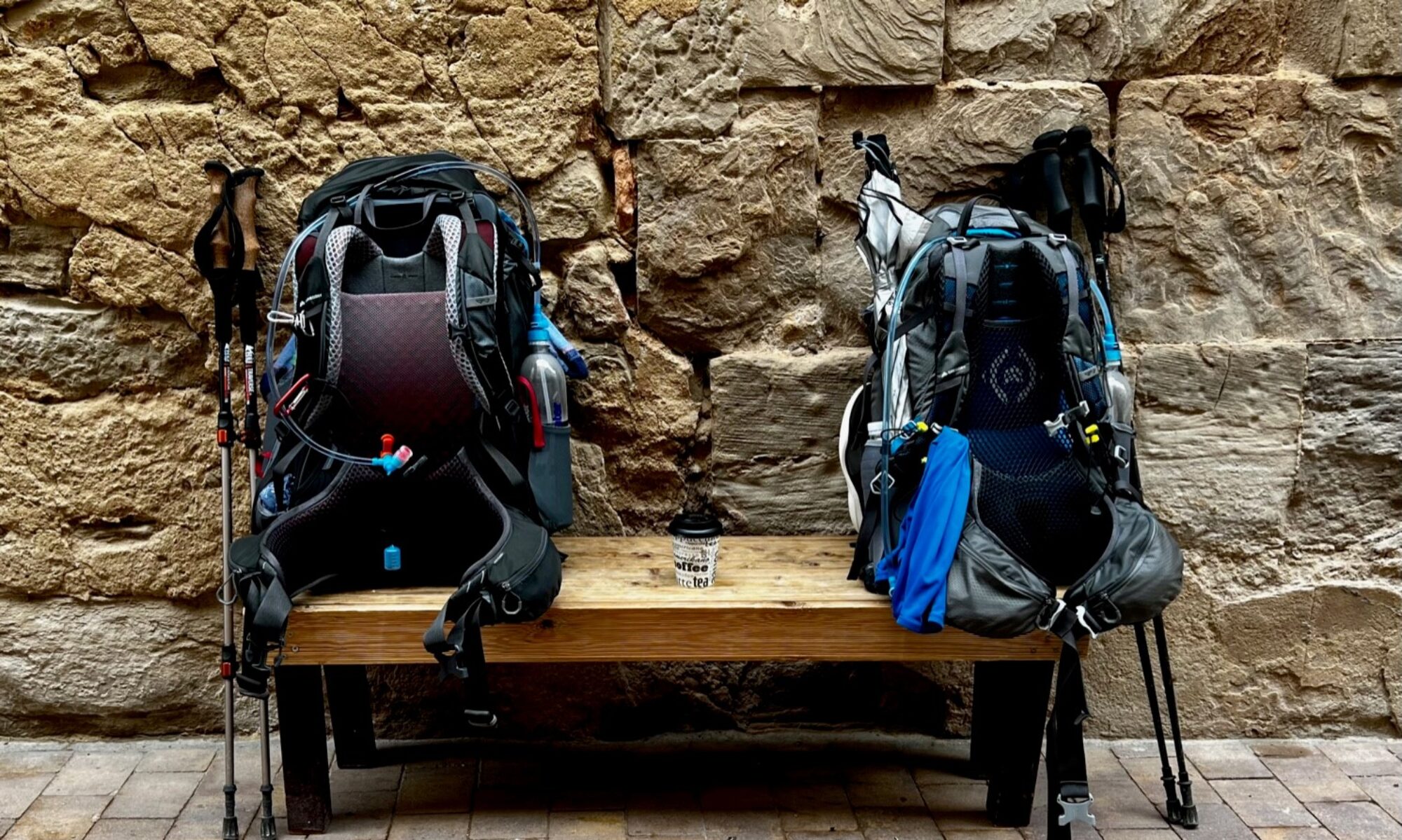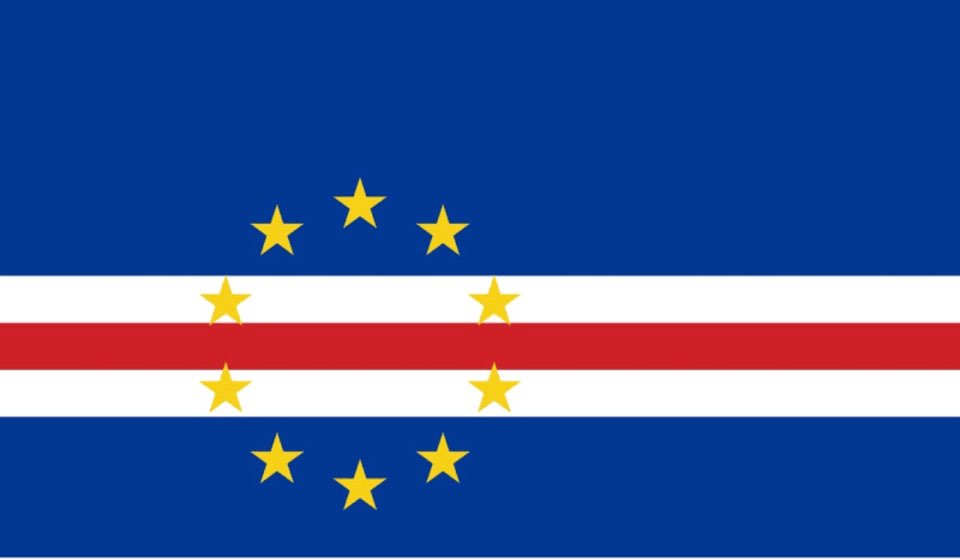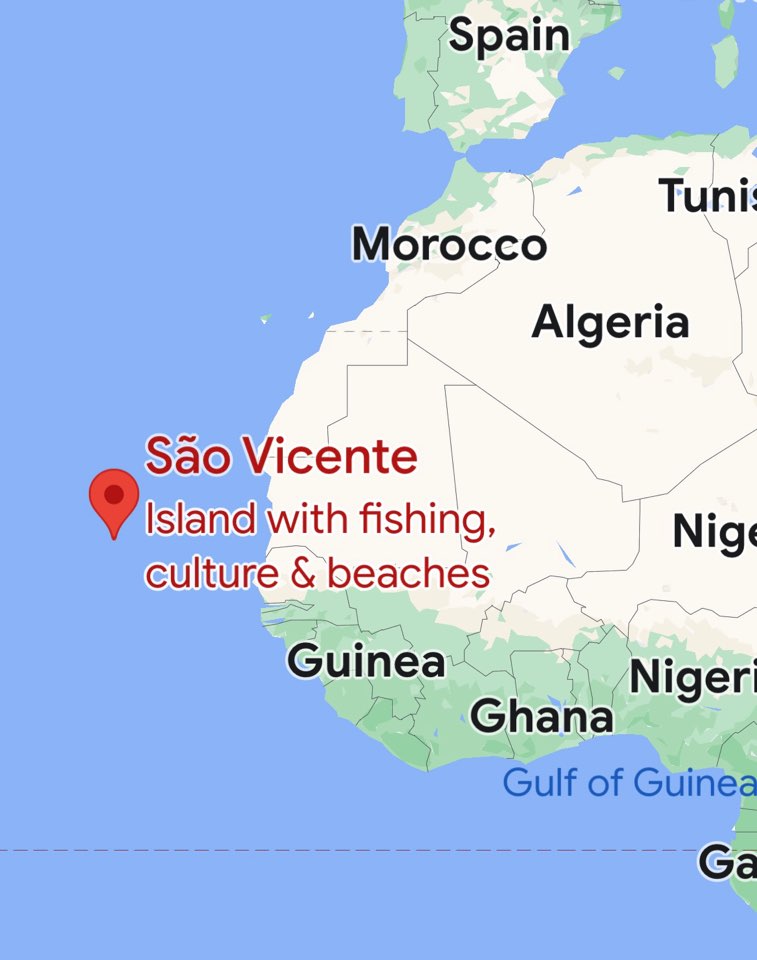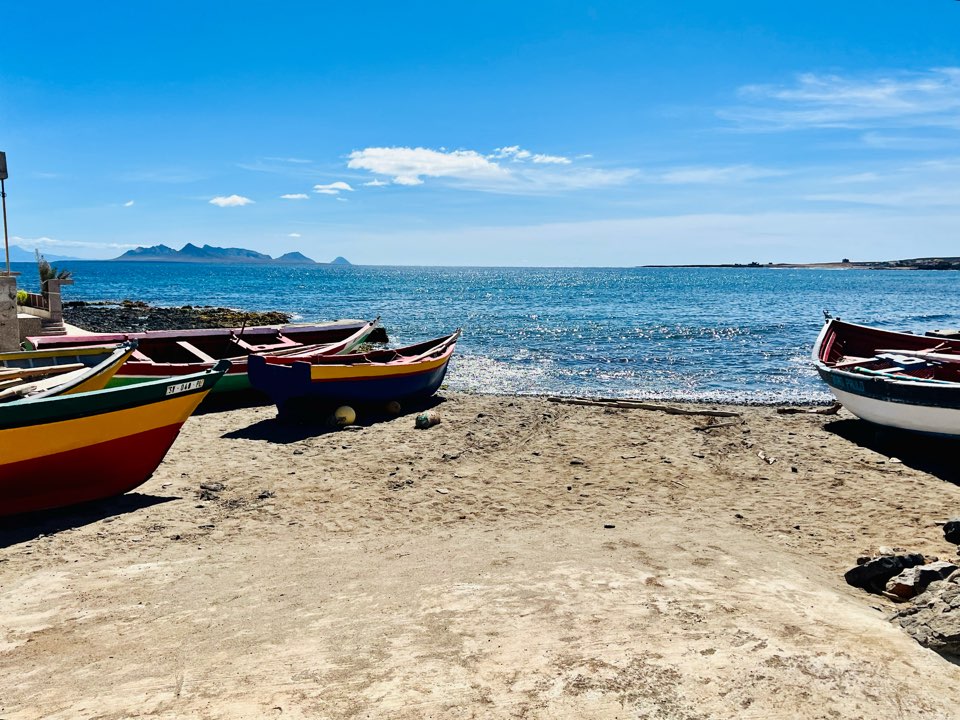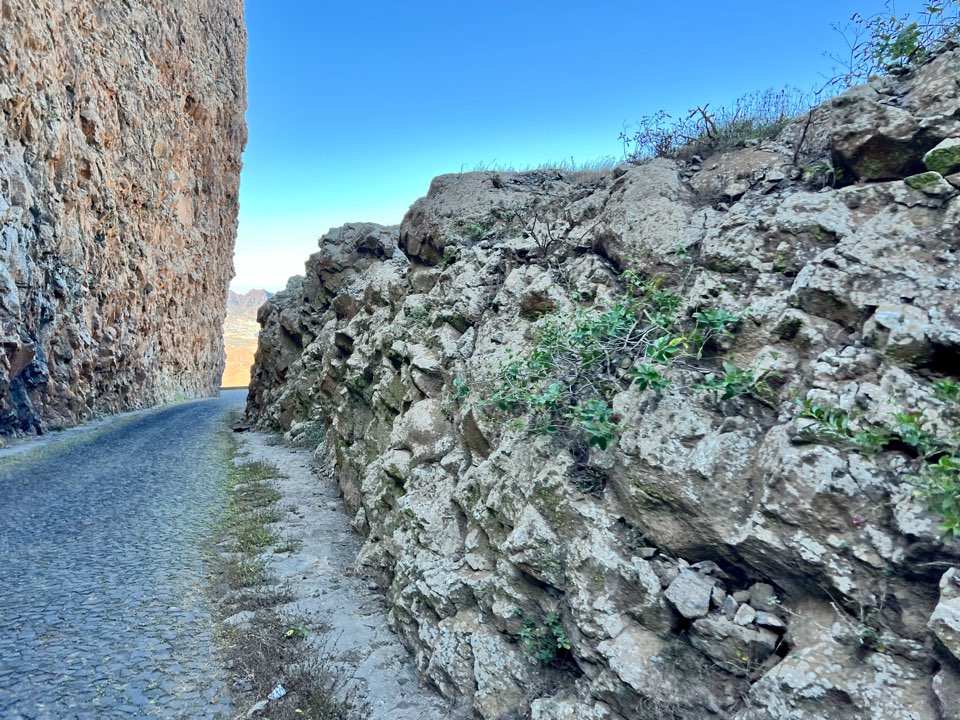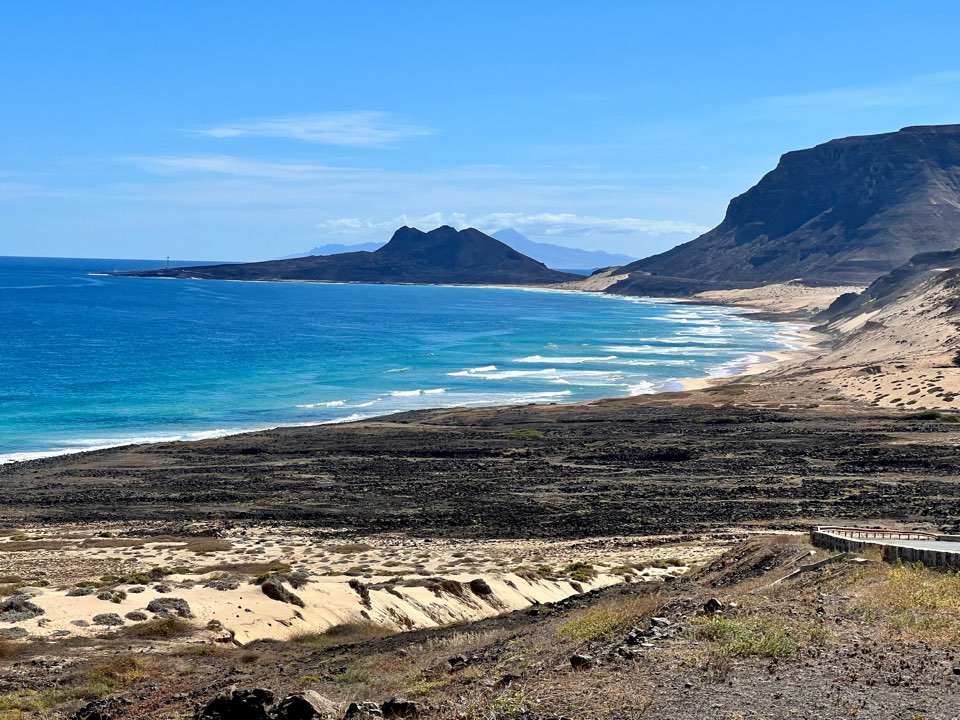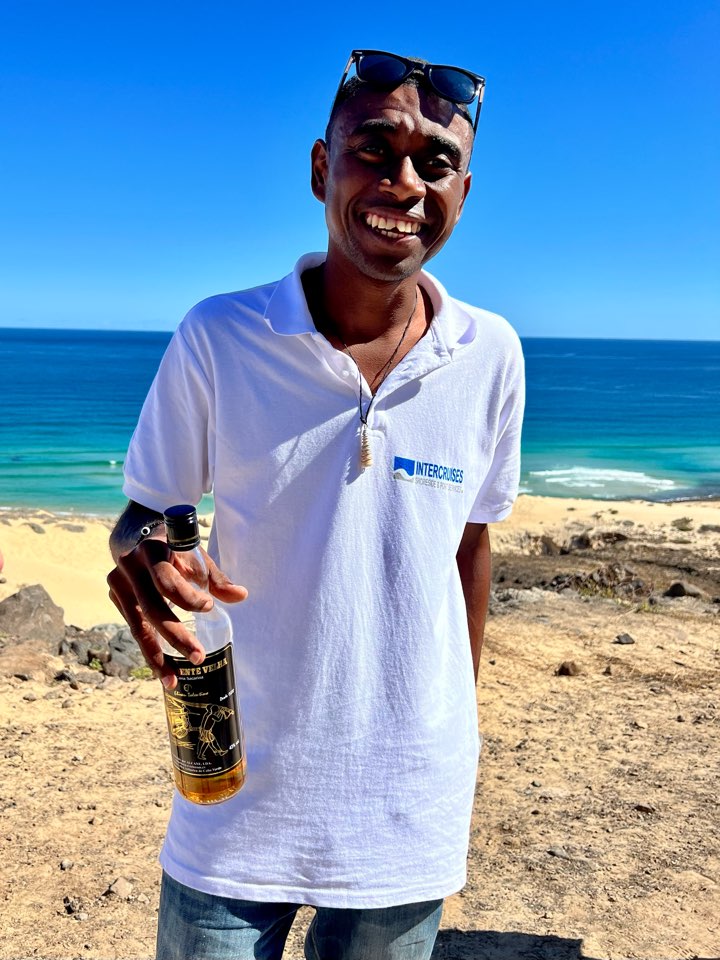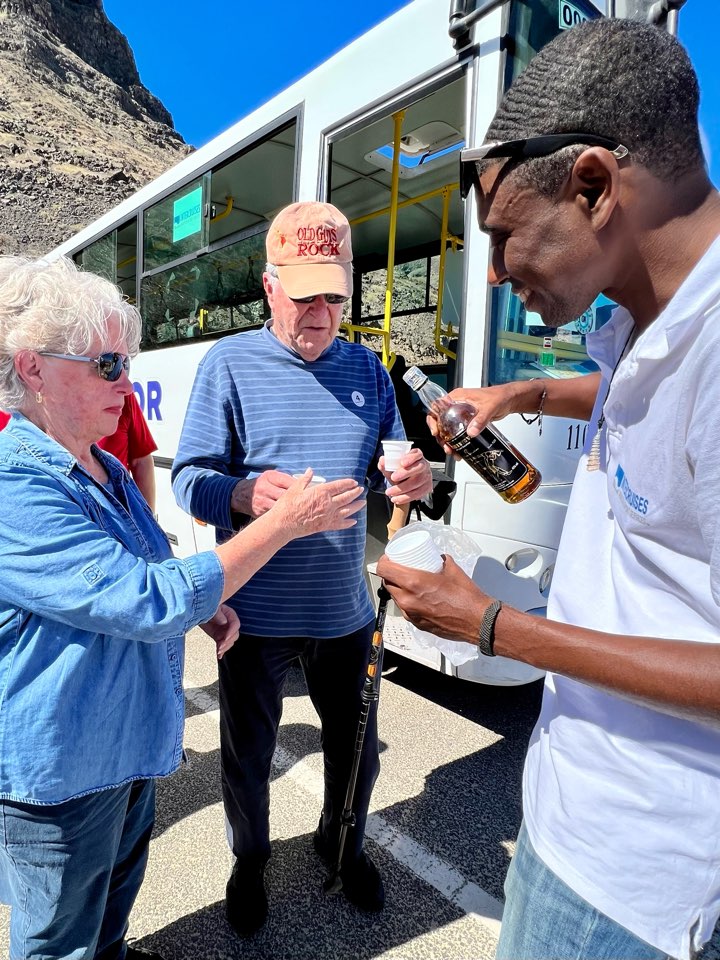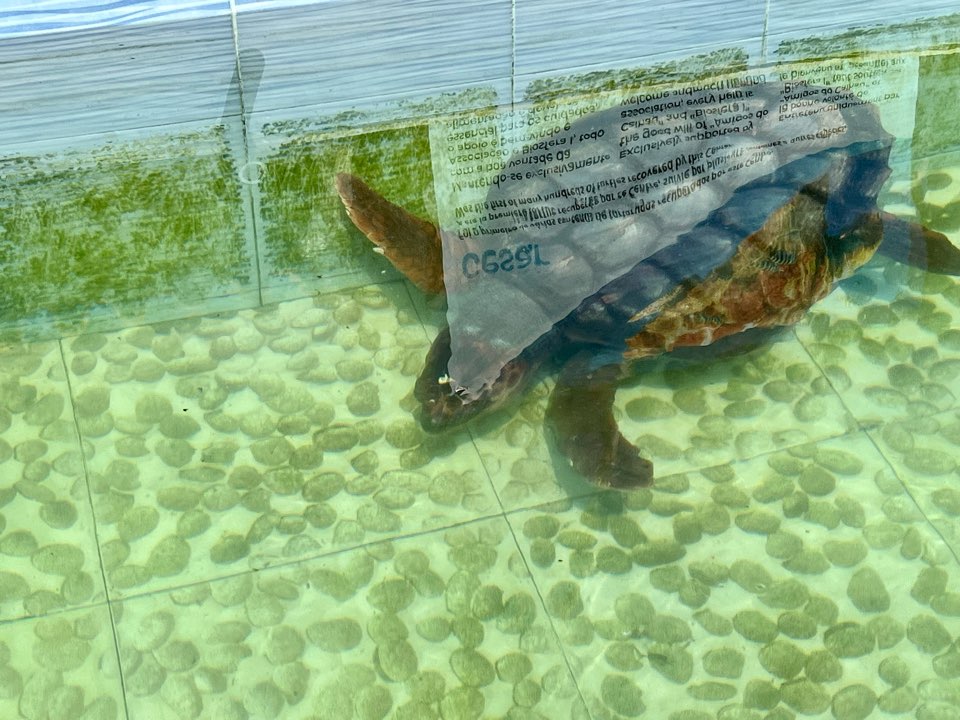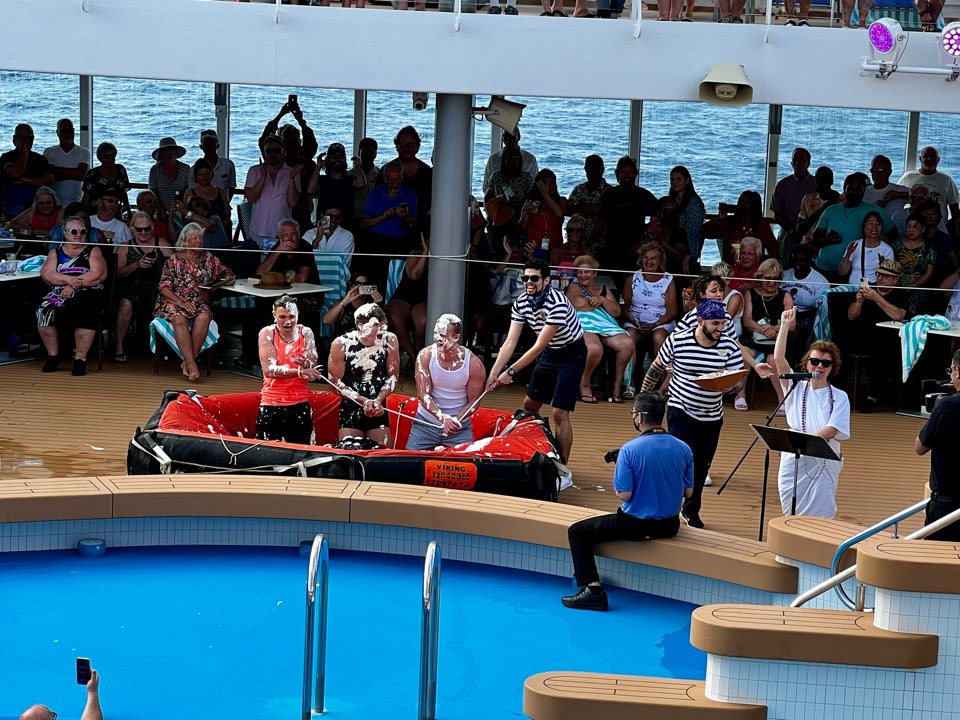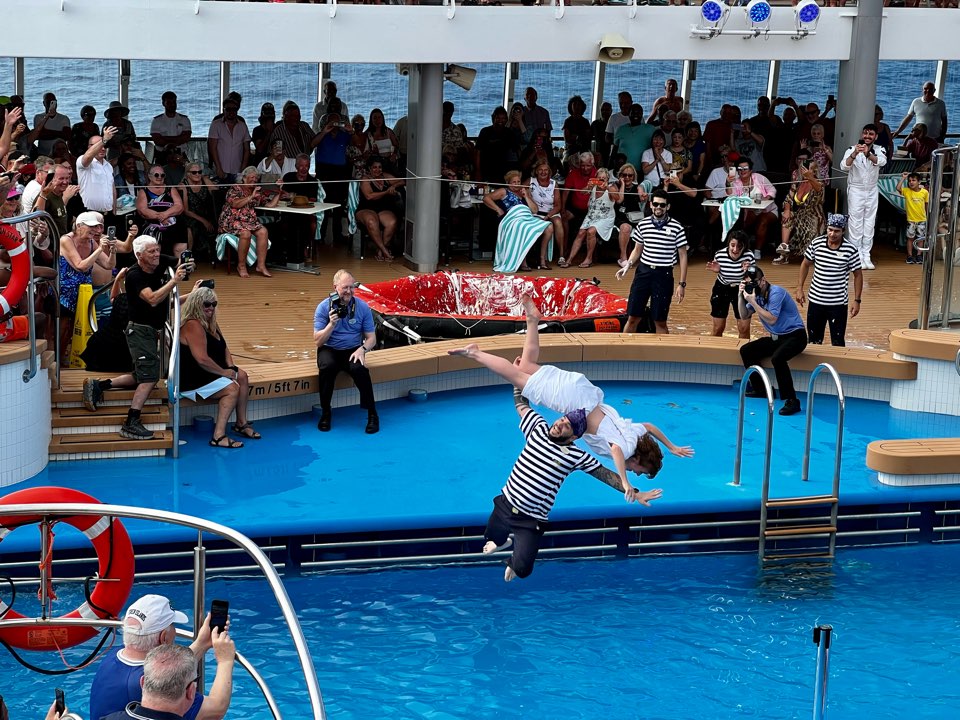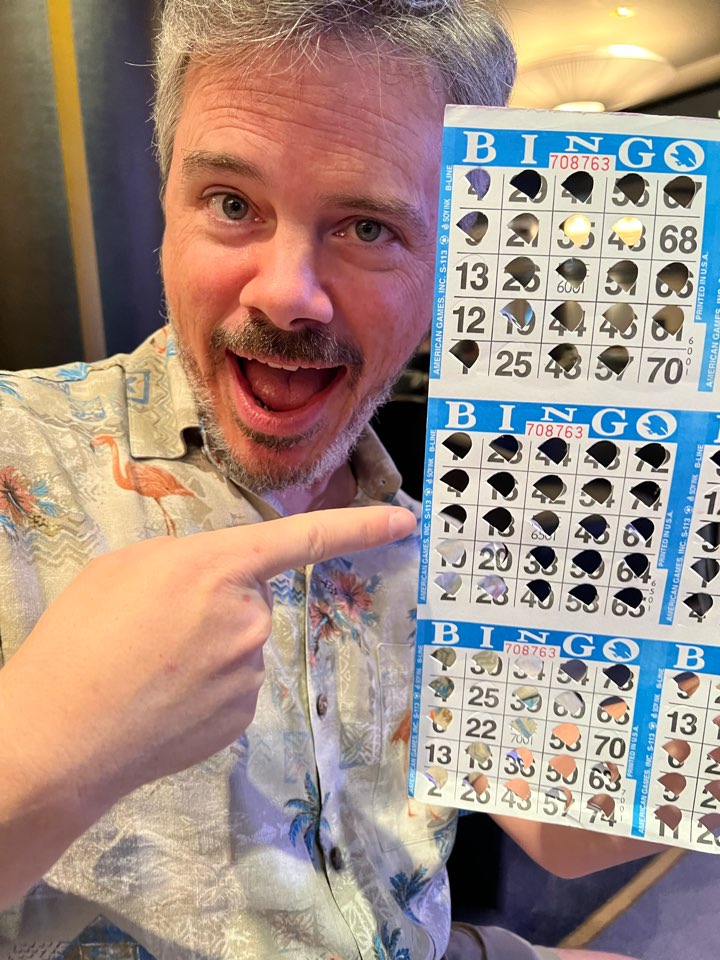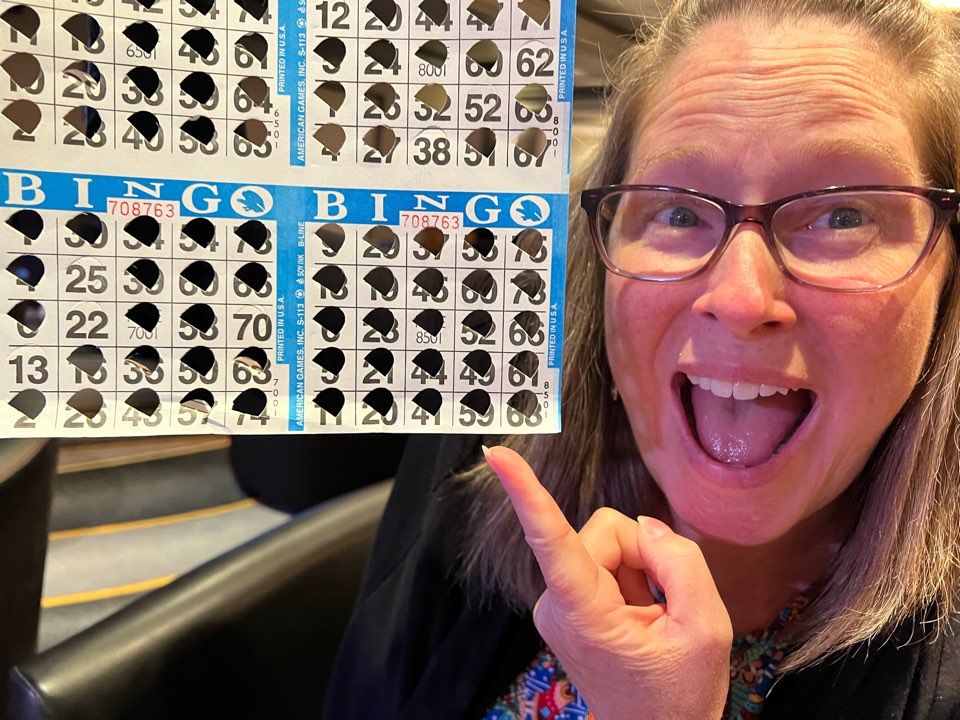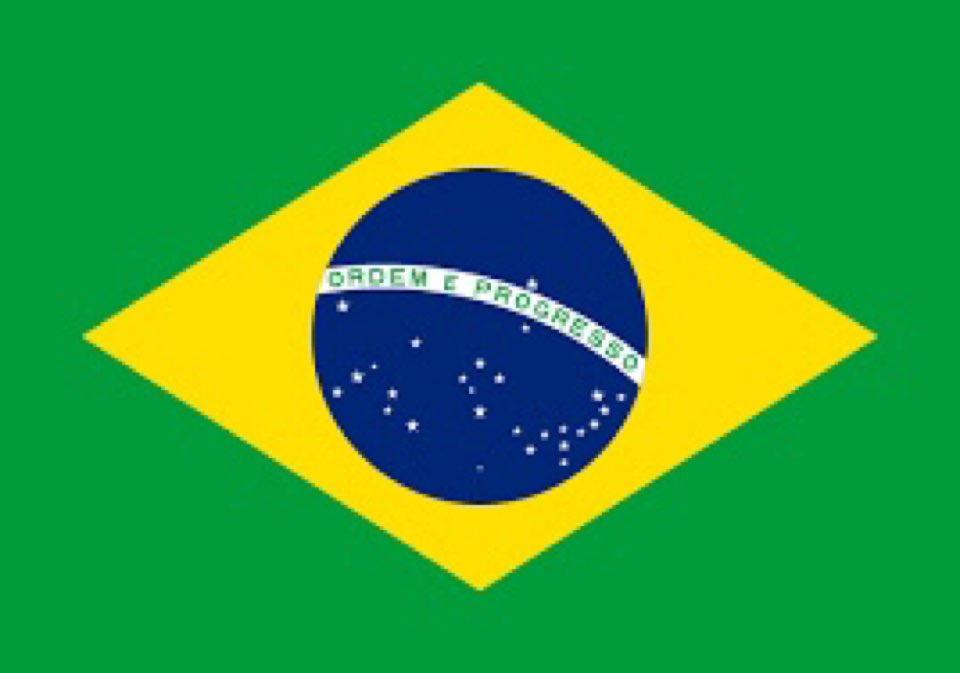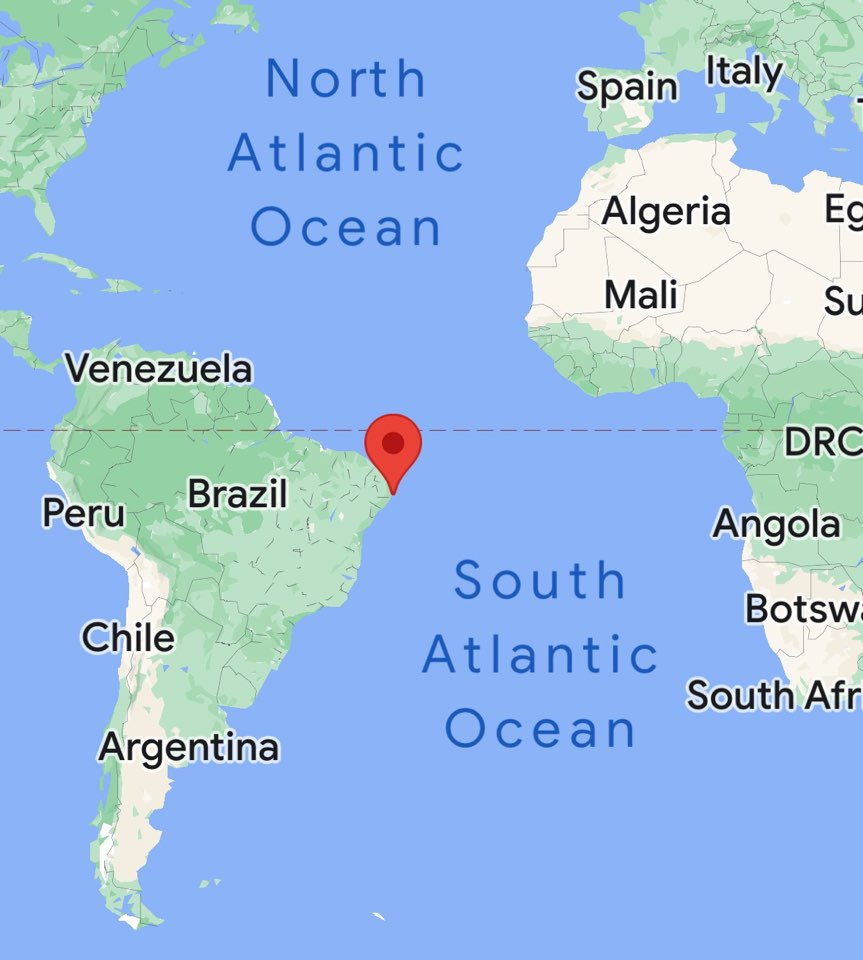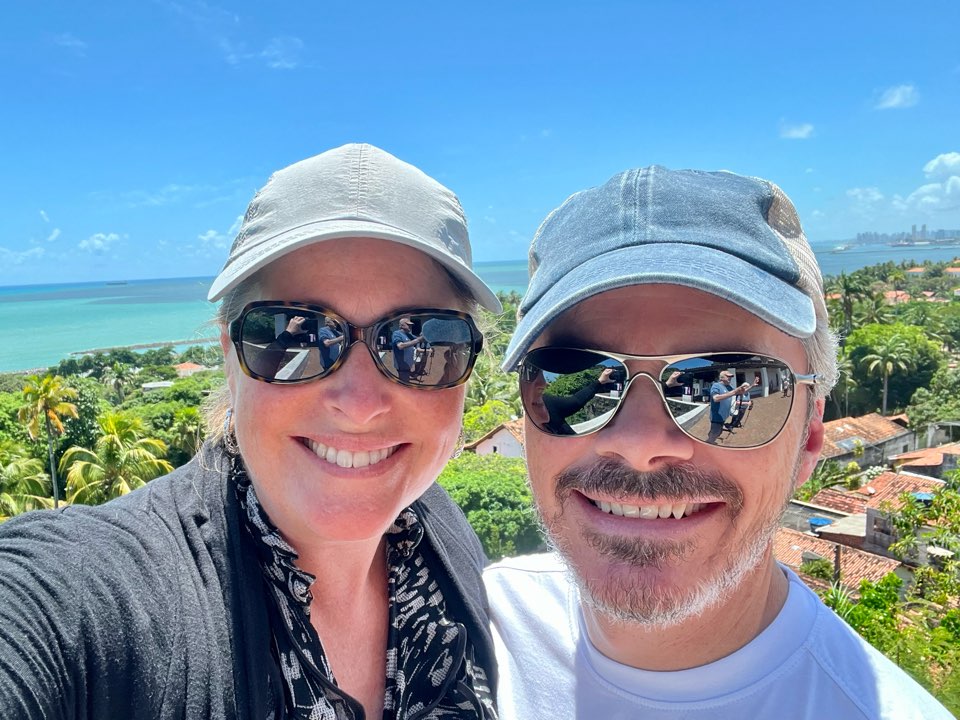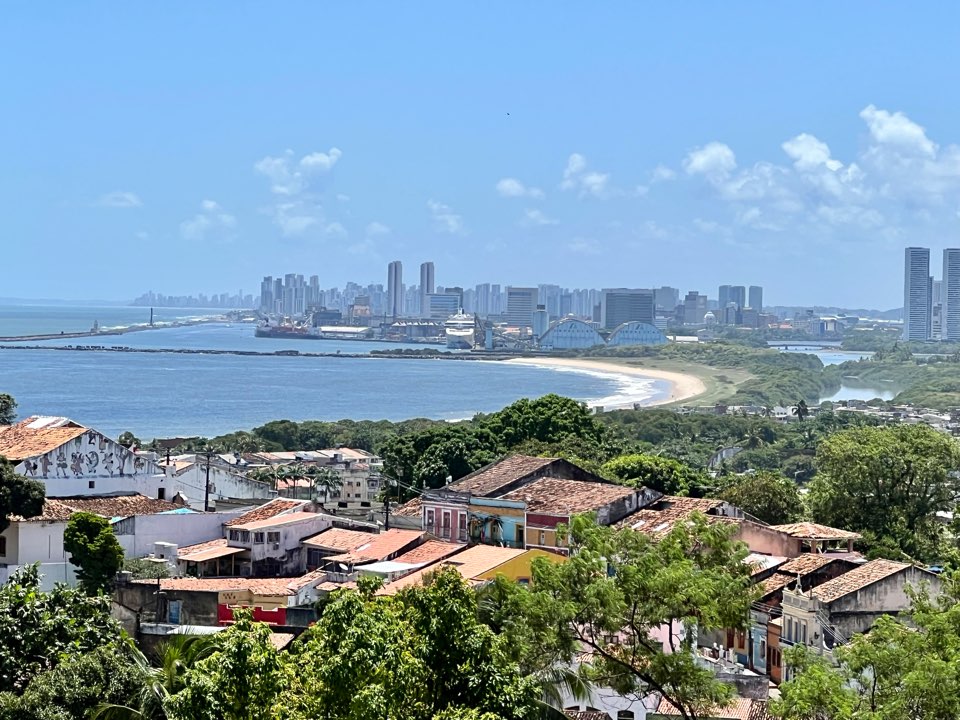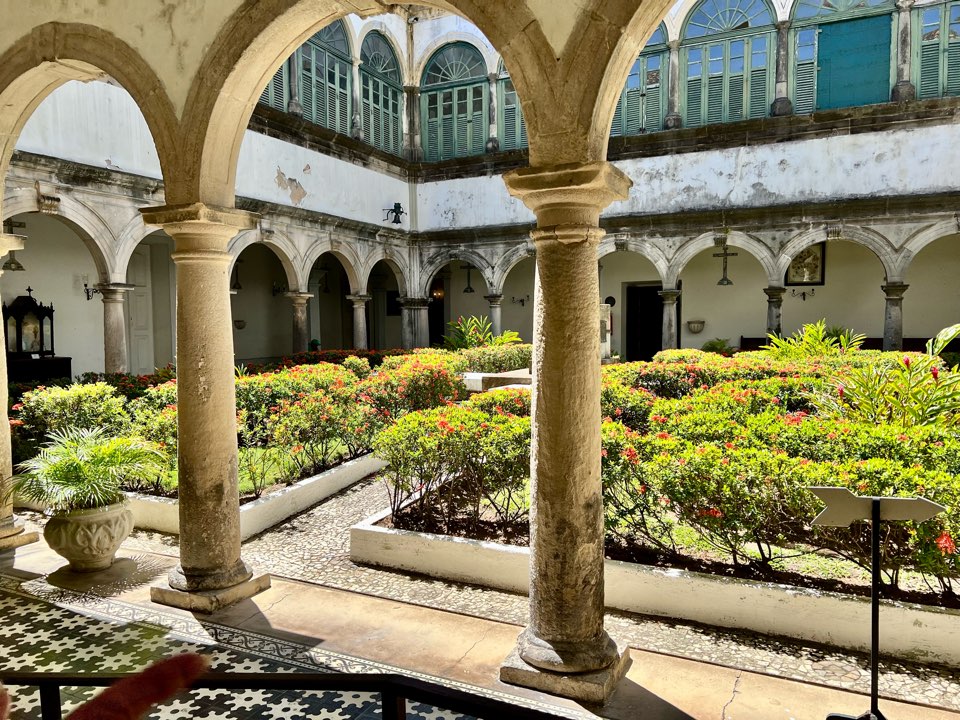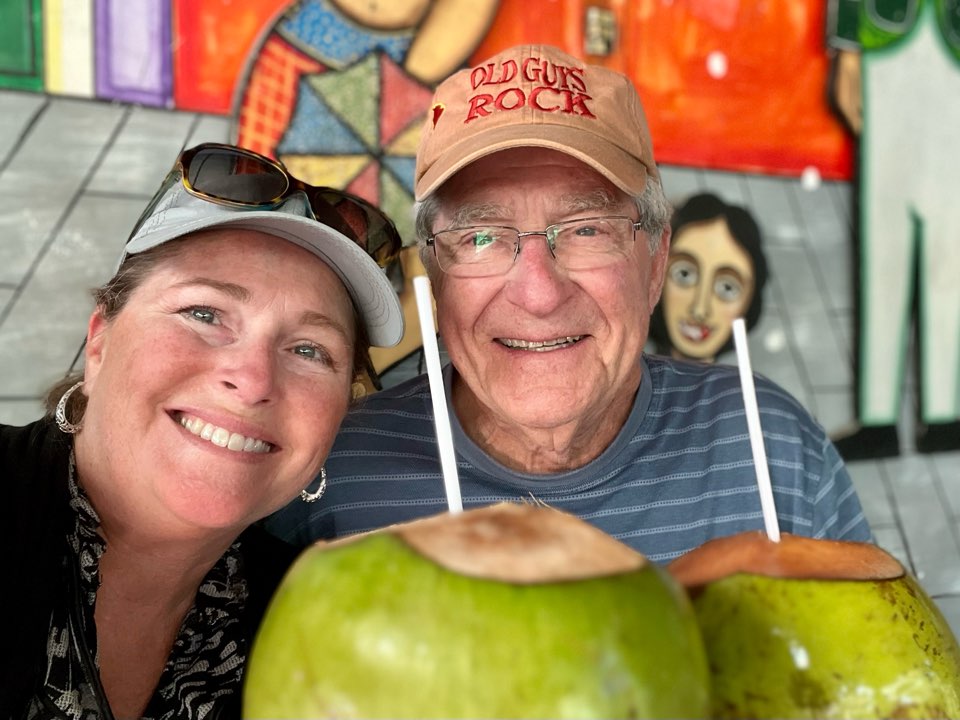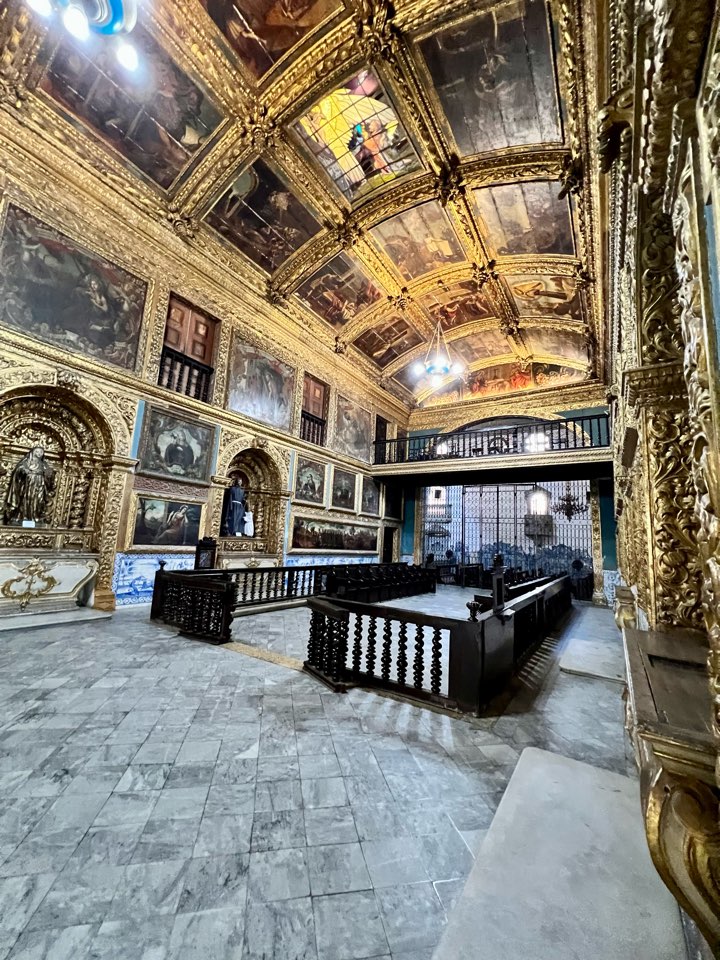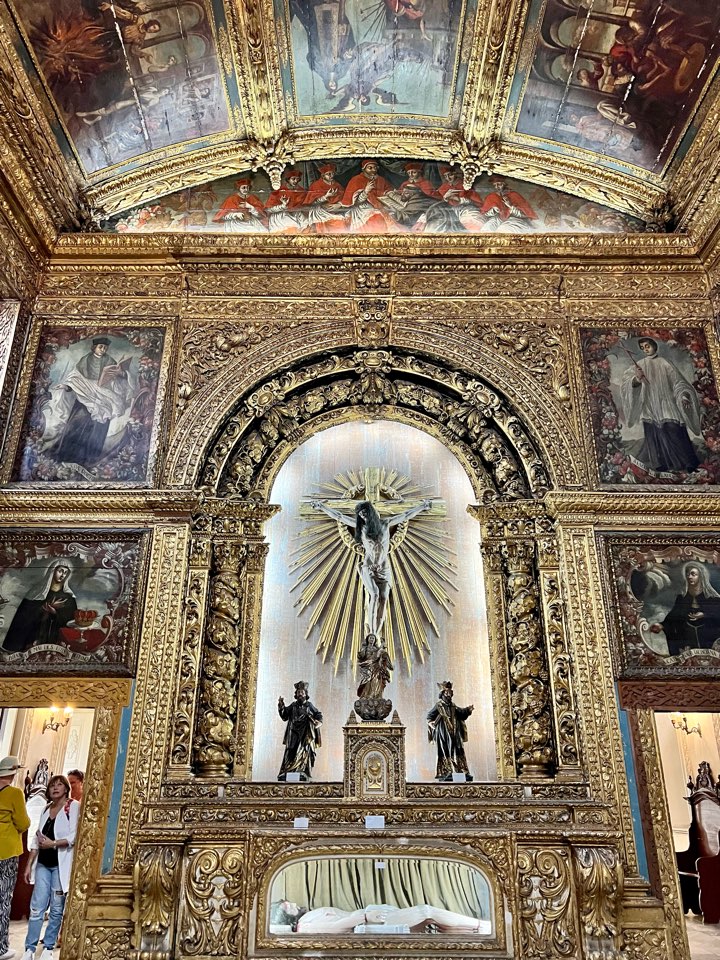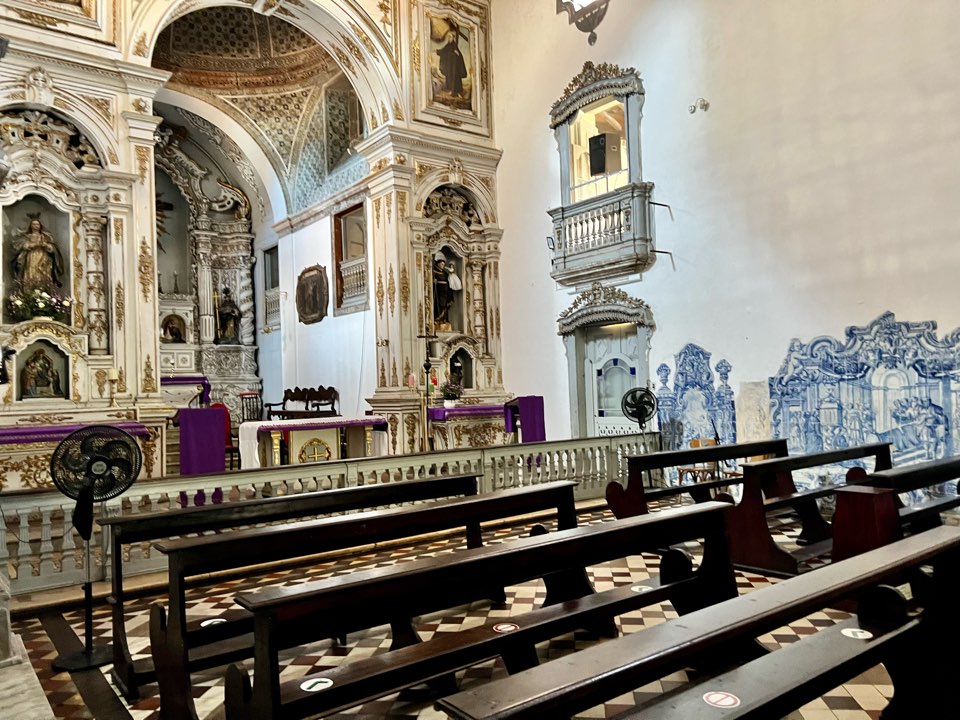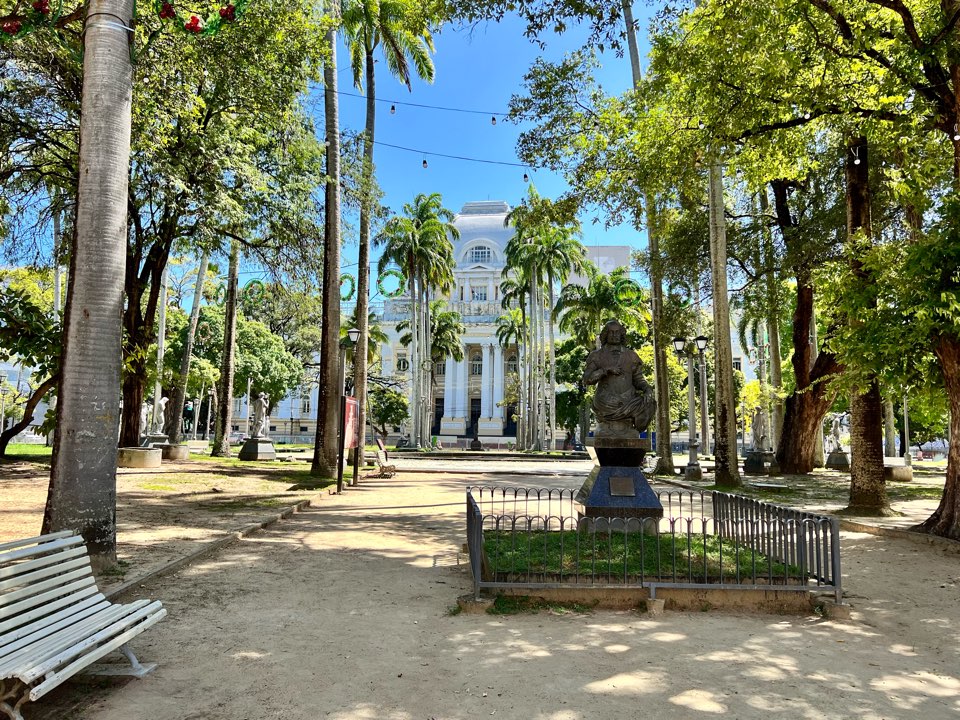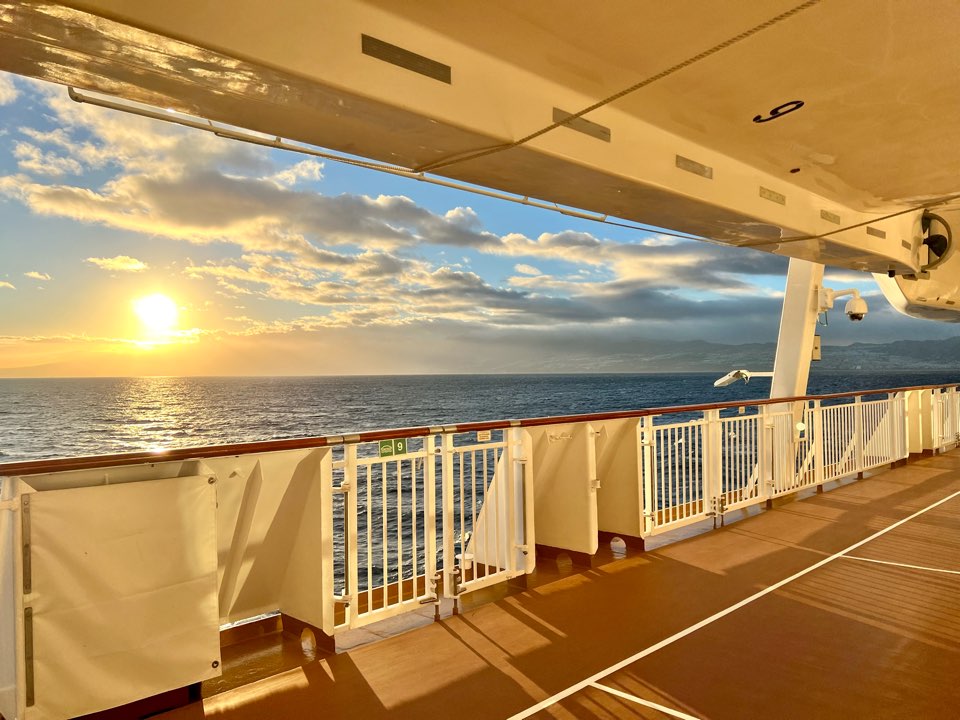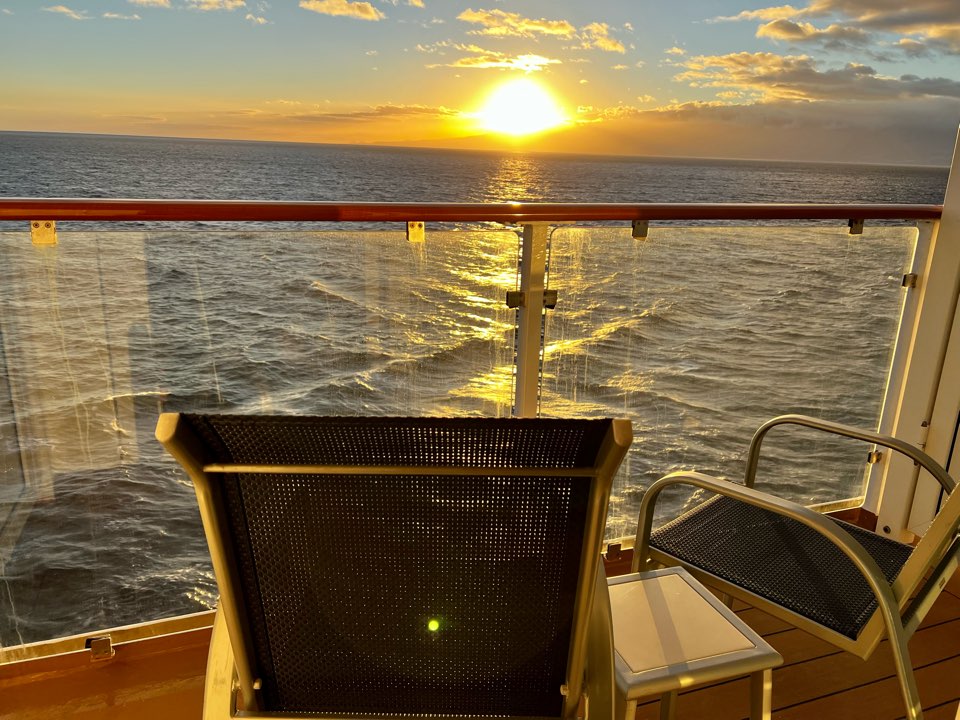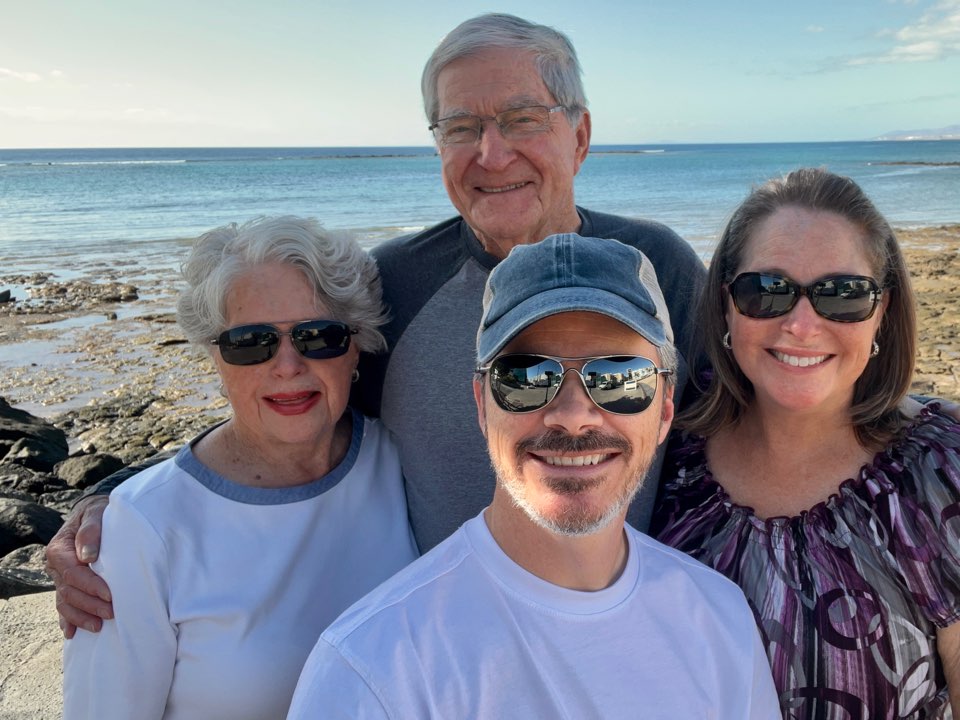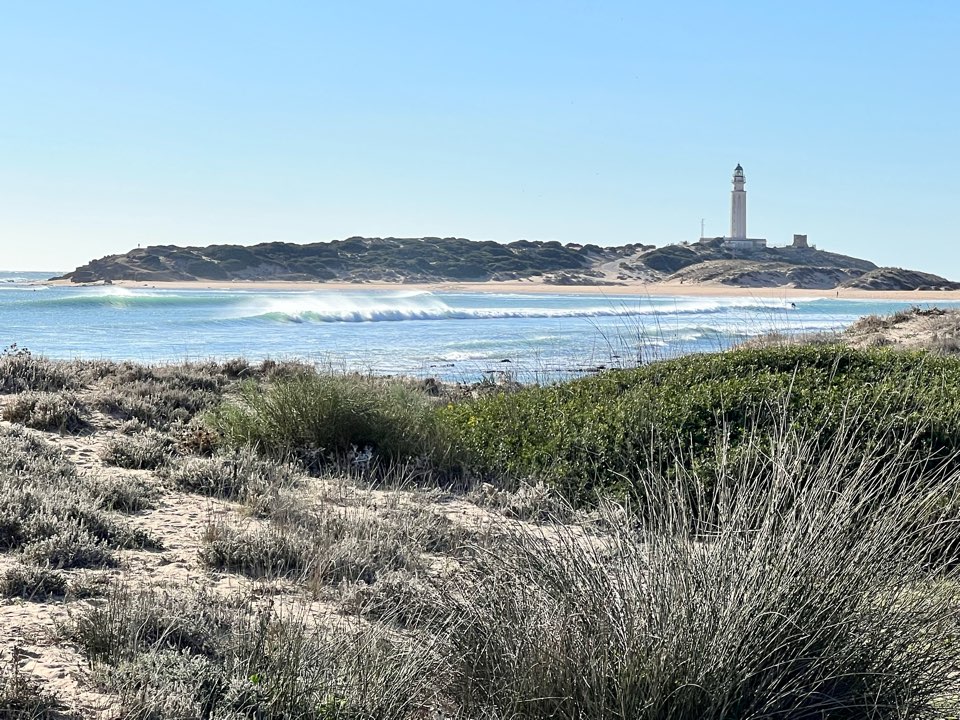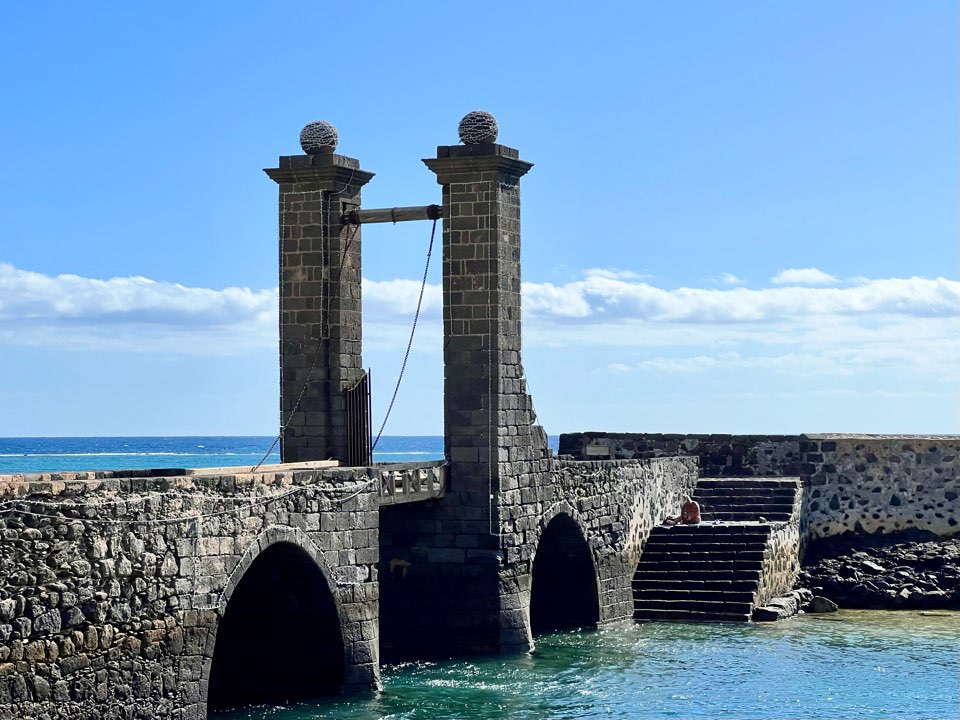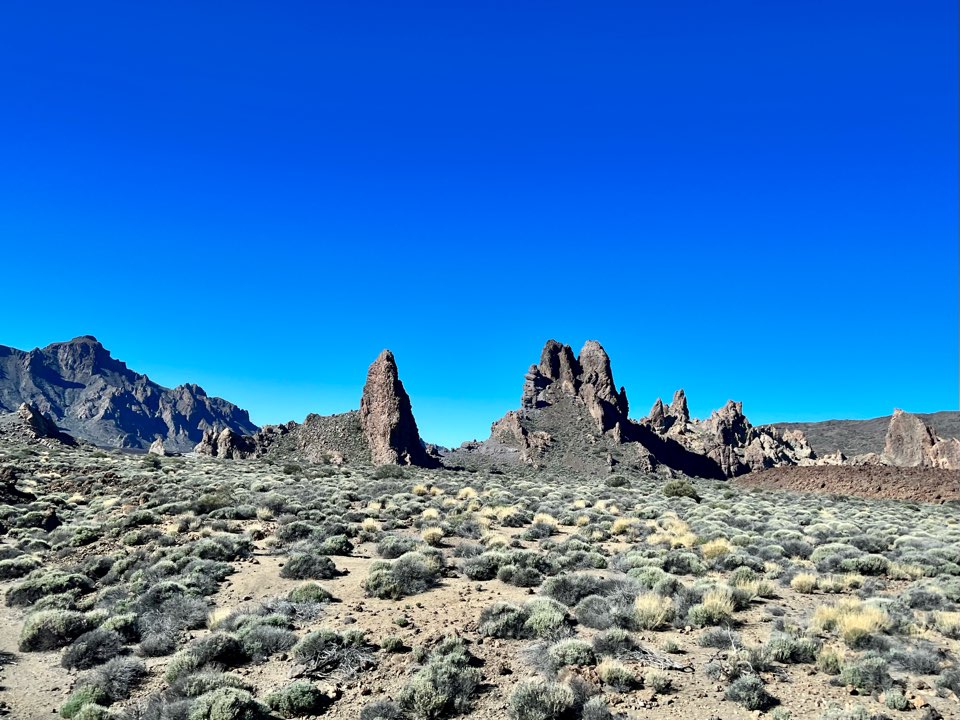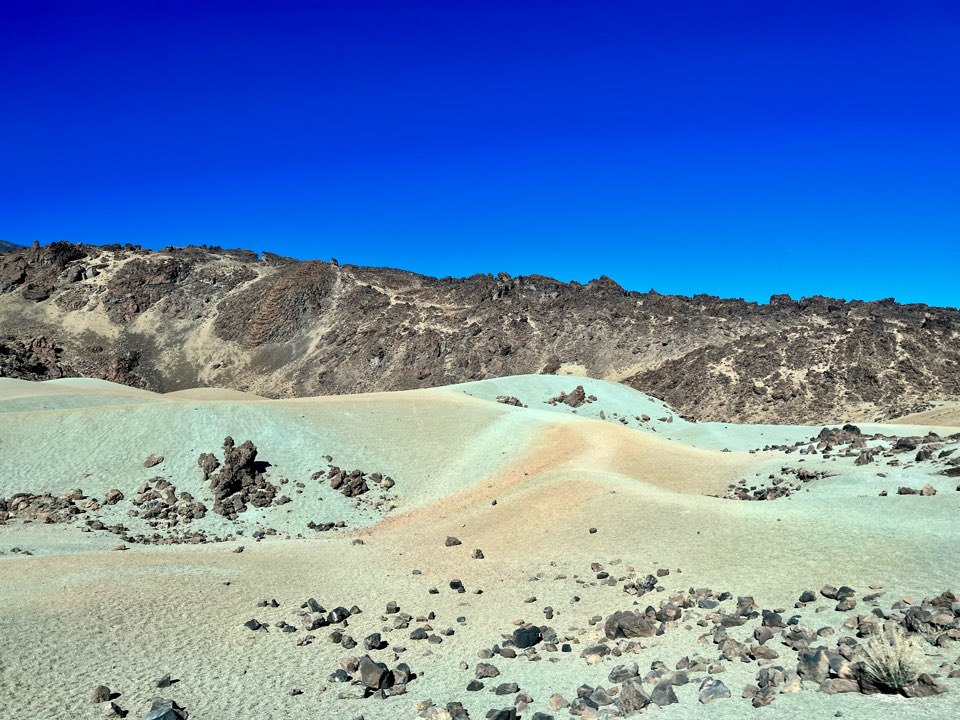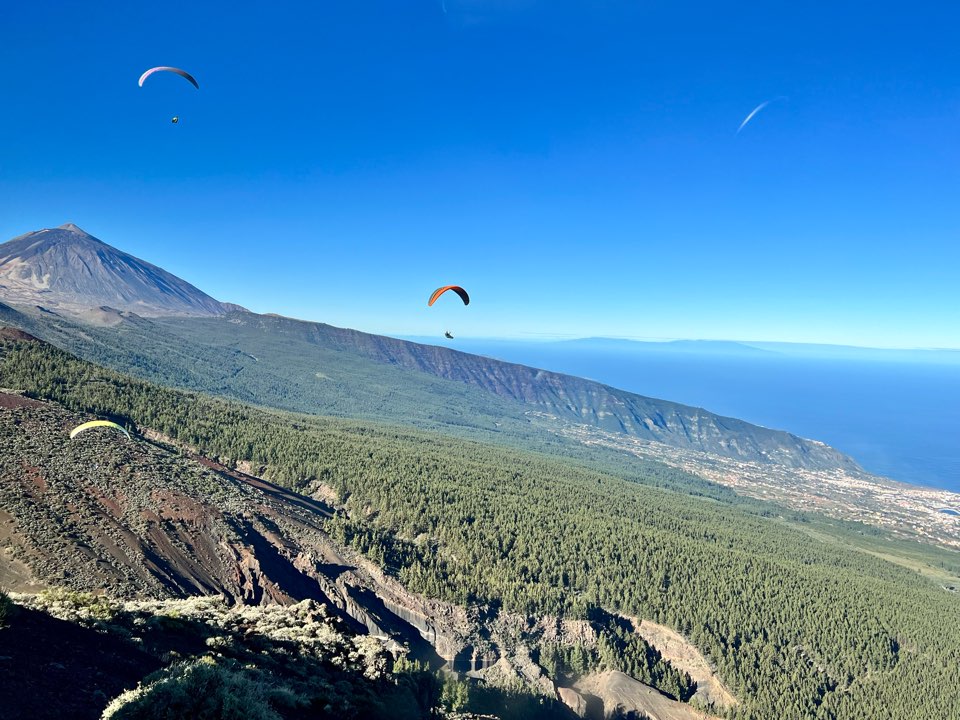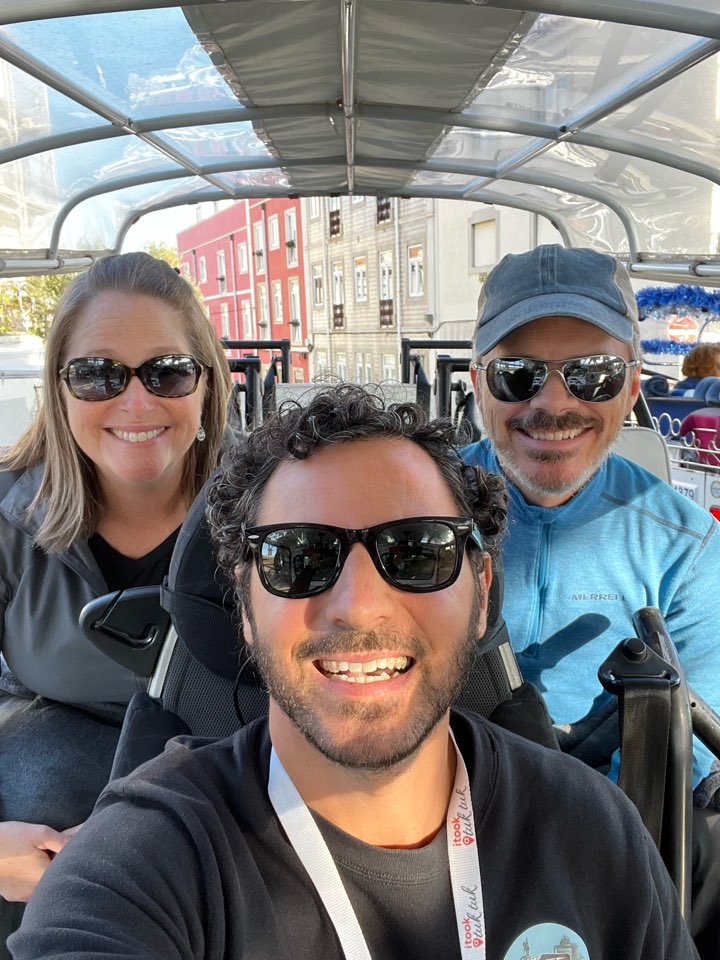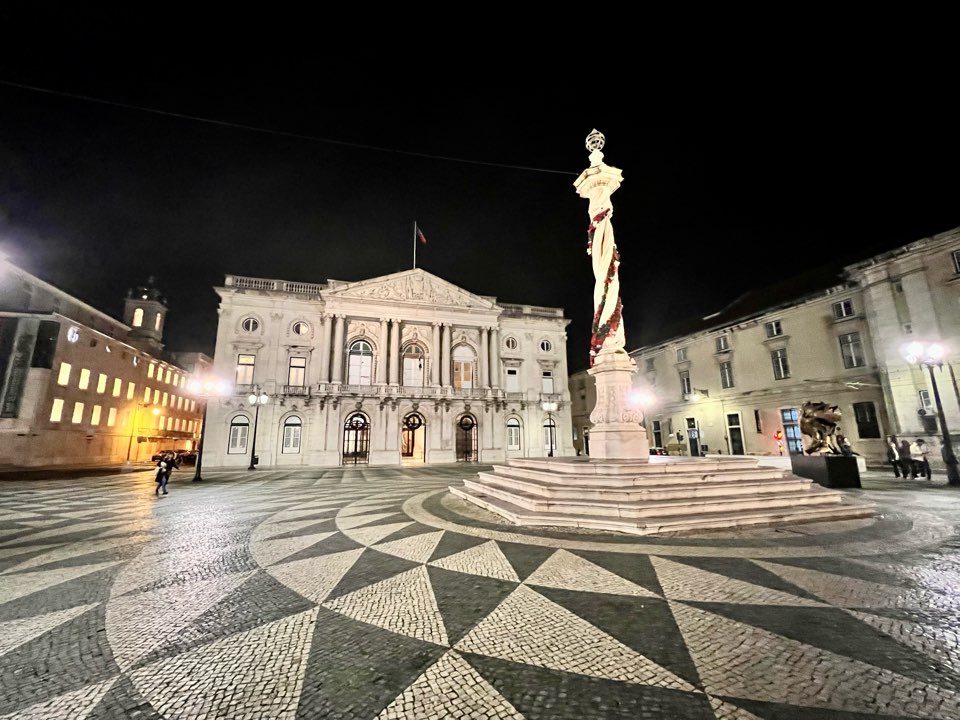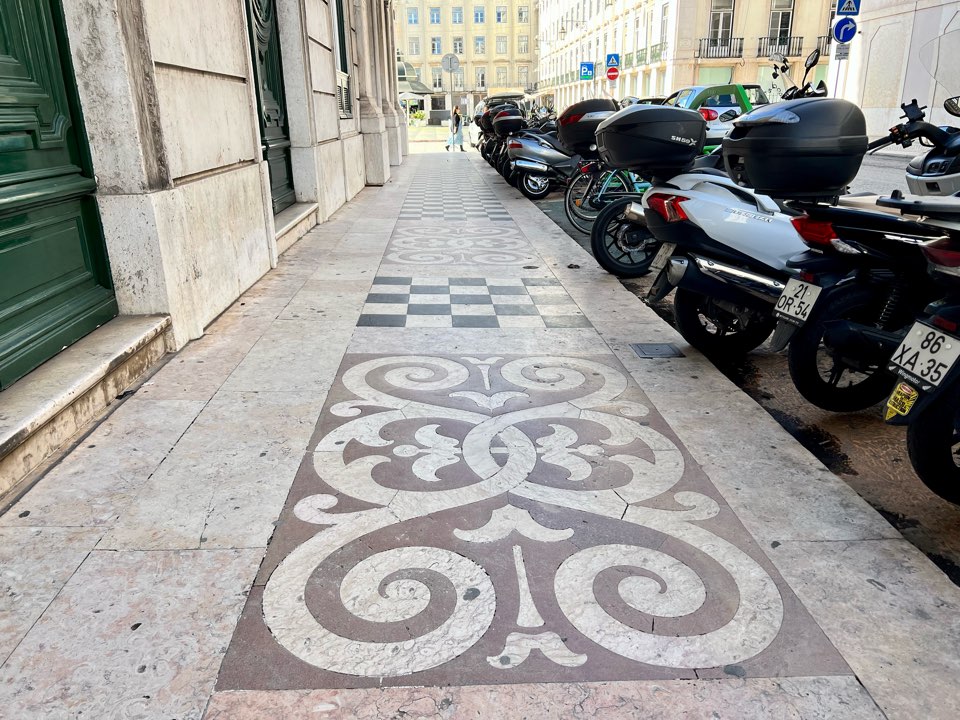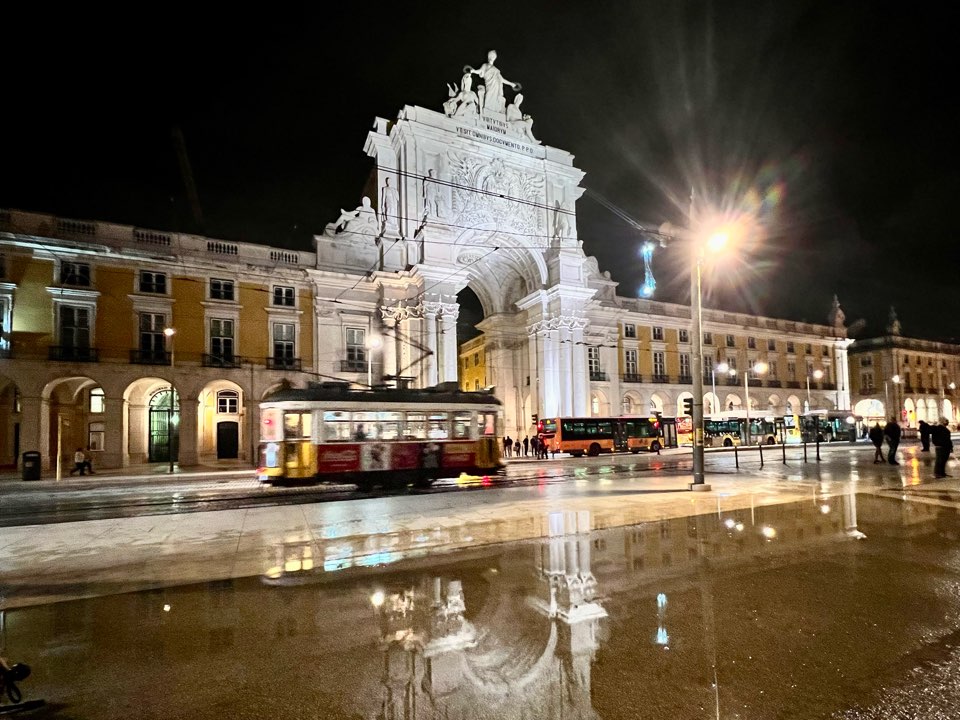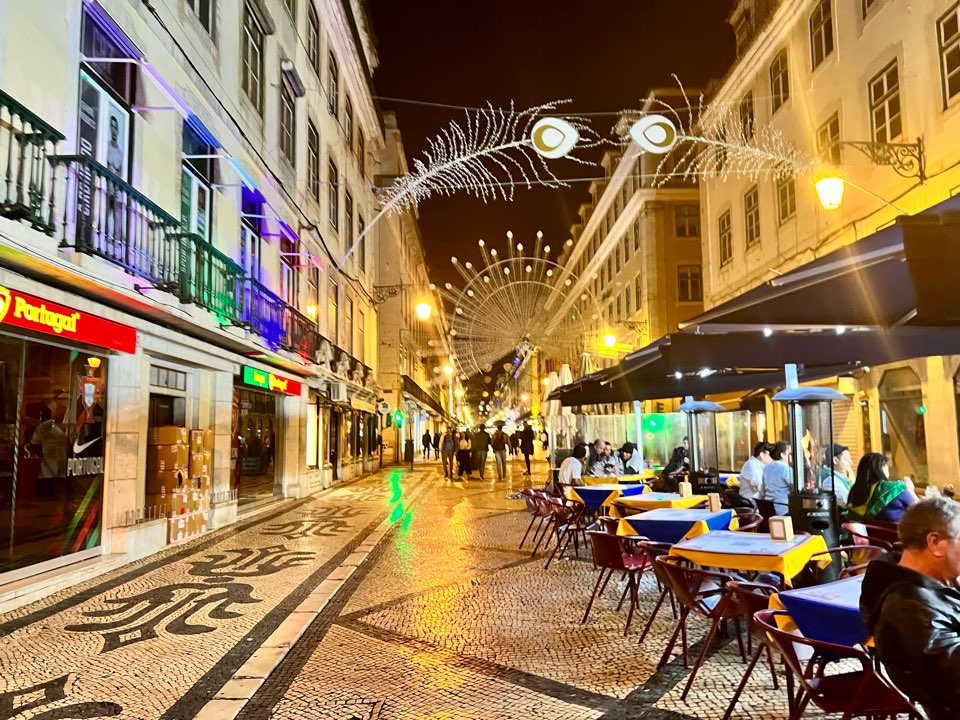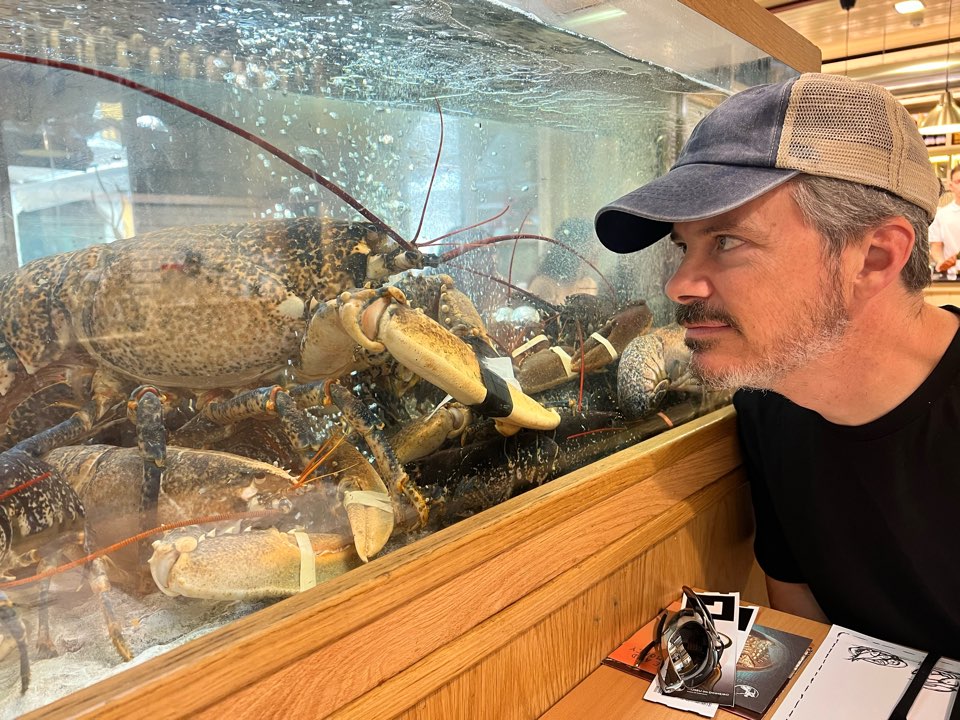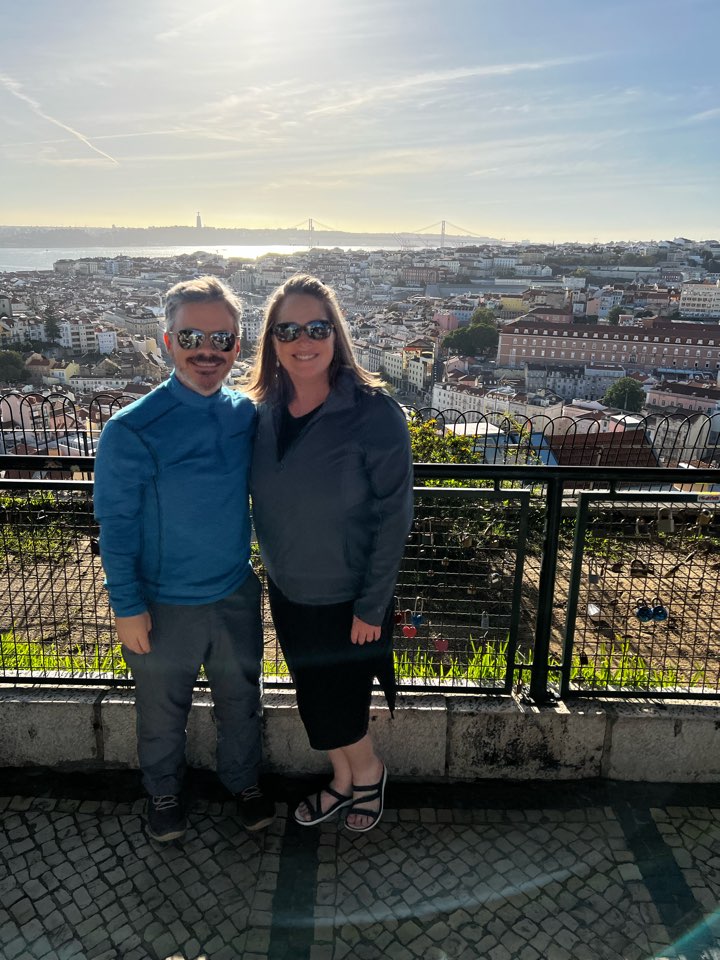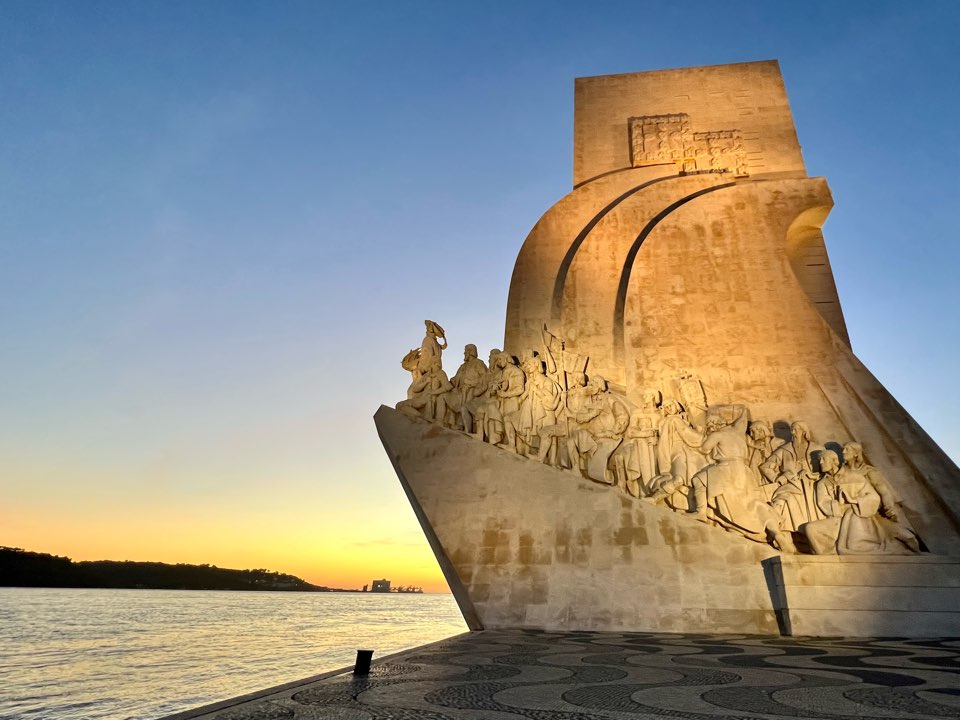Brazil: Rio de Janeiro
Christ the Redeemer
Rio was our first Brazilian stop. Since we had a short time here we booked an excursion to take us to the three main sites (Christ the Redeemer, Selaron Steps, and Sugarloaf). This was the most efficient way to see these highly visited tourist locations in a short amount of time.
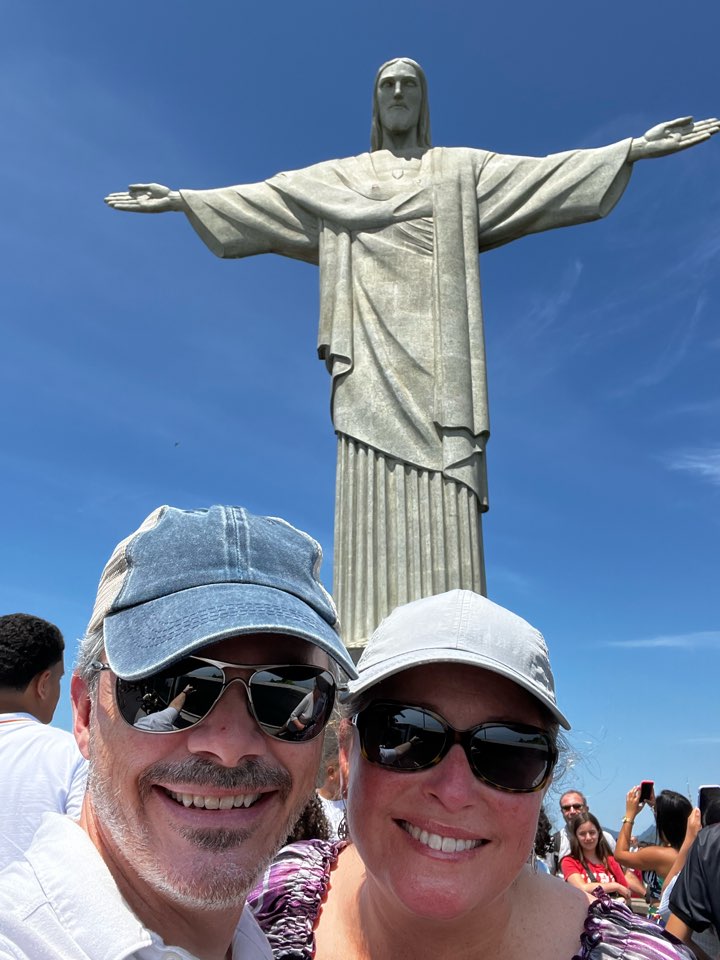
The views from this towering iconic statue were breathtaking. We could see for miles in every direction. It was extremely crowded. Next time we would visit right when they open to reduce the number of tourists at the top.
Selaron Steps
This was an attraction we didn’t know about before the tour. Art is prominent throughout the city and these steps are fully tiled in unique mosaic patterns with materials sourced locally while some others were sent to the artist during construction from around the globe.
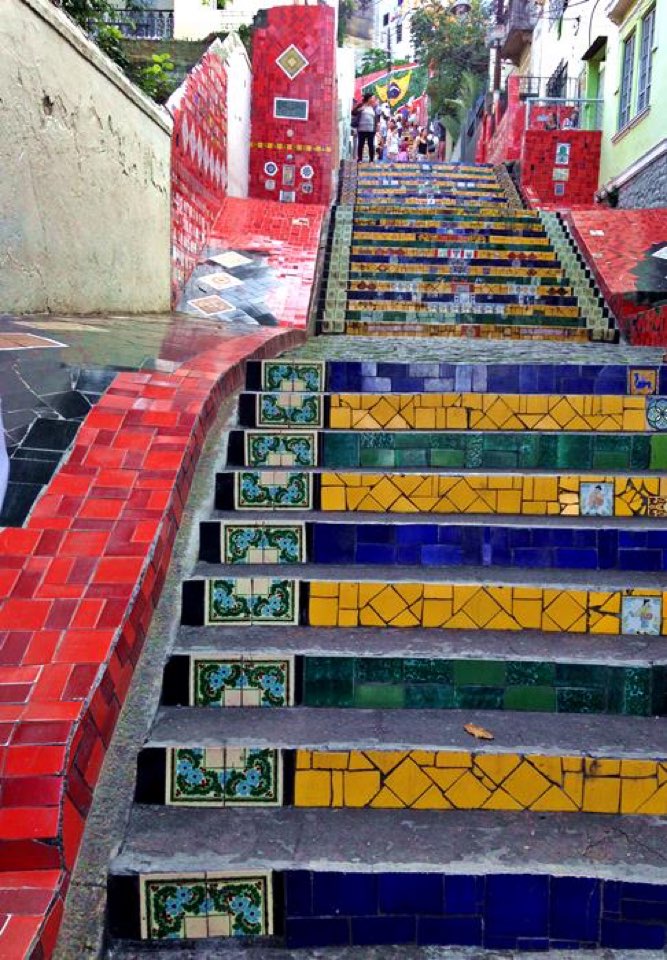
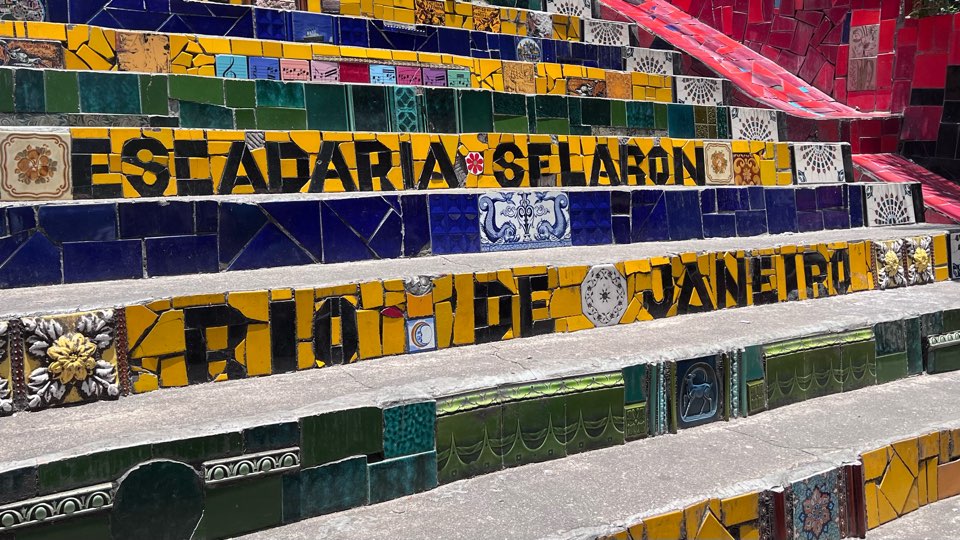
Sugarloaf
Sugarloaf is another famous viewpoint and unique mountain in Rio. It takes two cable cars to get you to the top. Unfortunately on the day we visited, there were low clouds at the top limiting our views below. Oh well, I guess we will just have to come back again!
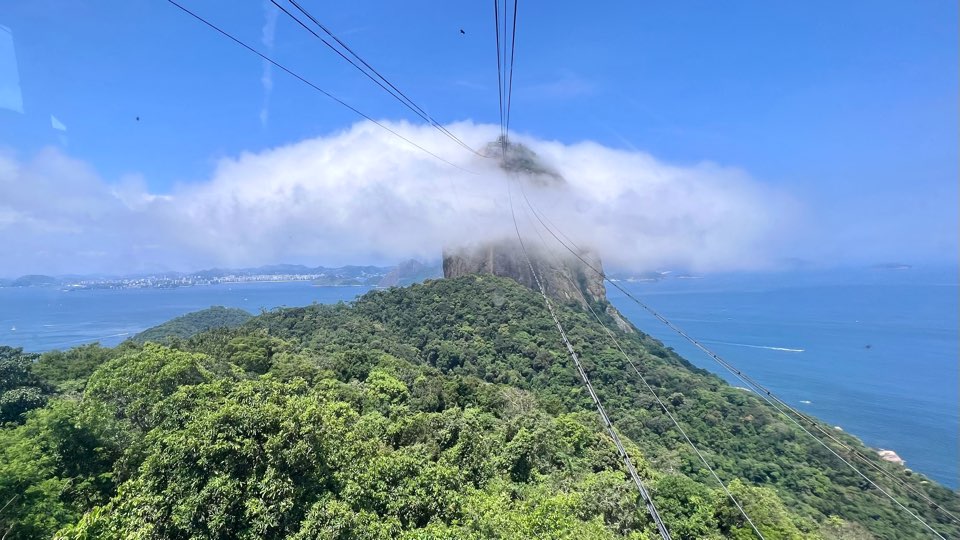
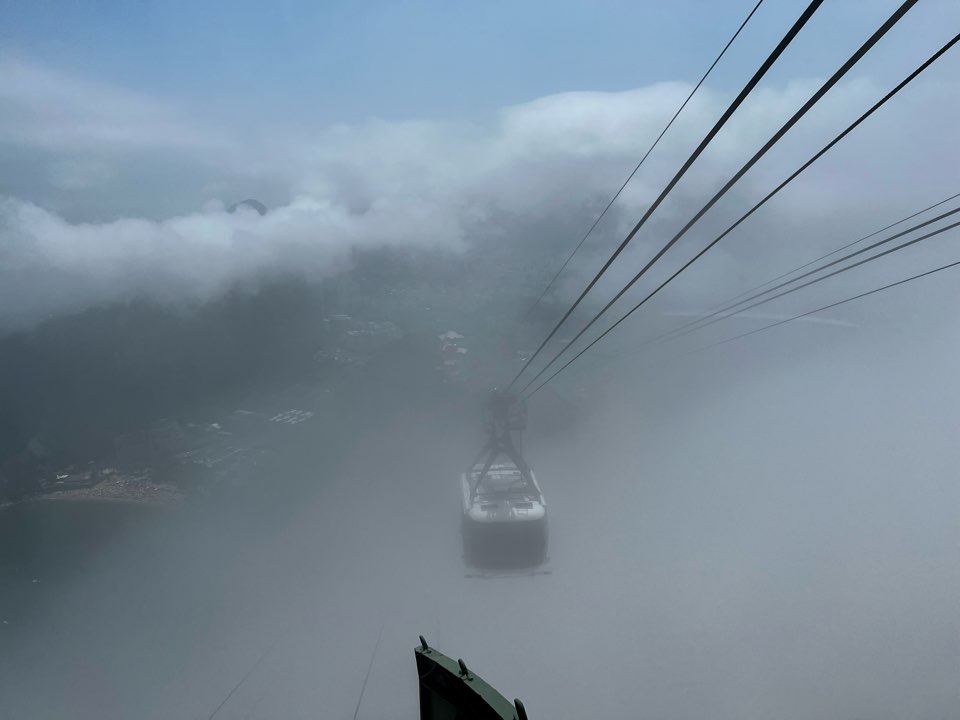
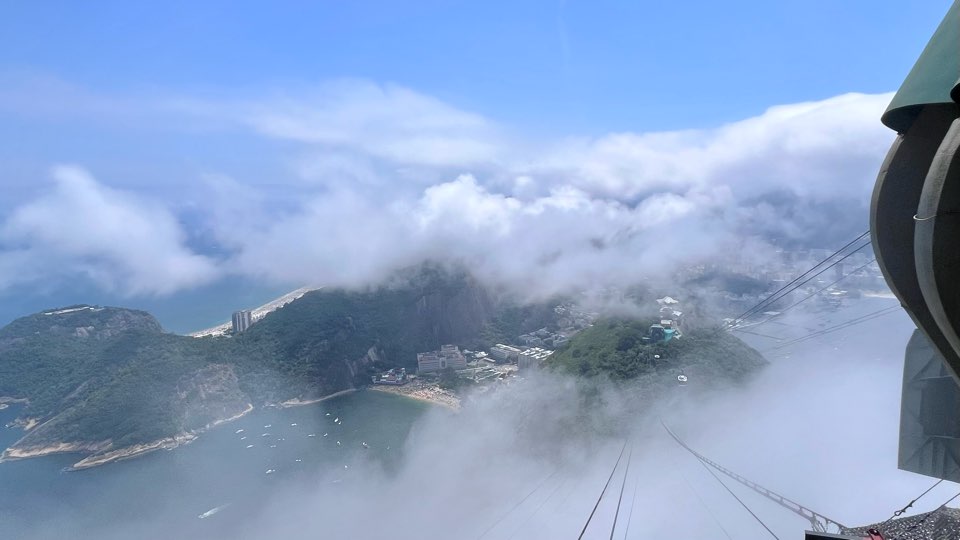
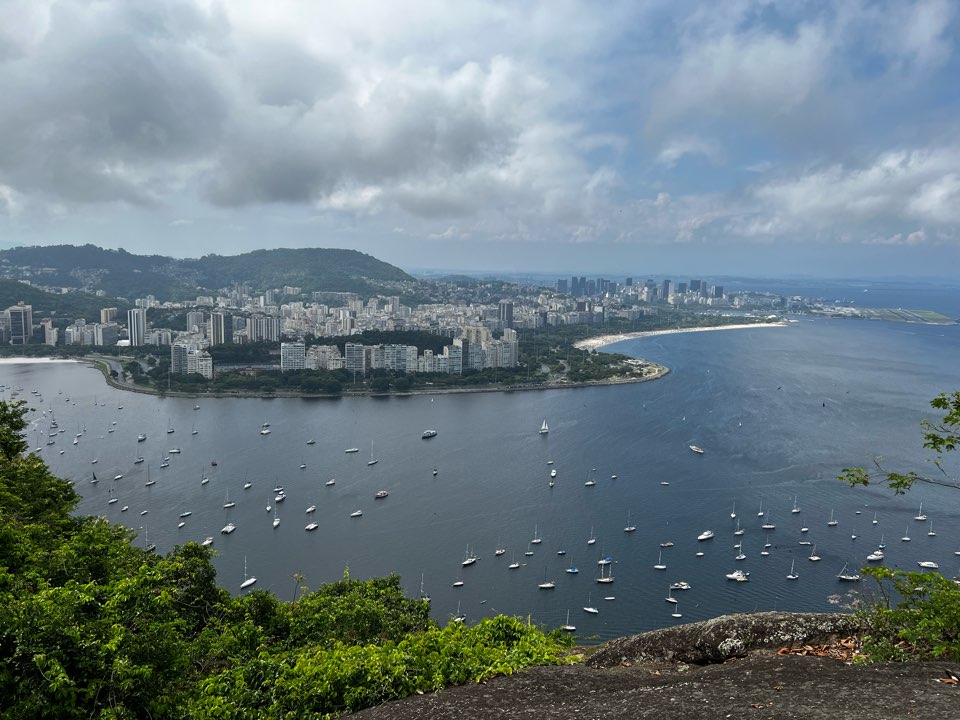
The city was covered with graffiti. We were sad to see some of the beautiful historic buildings covered in it. Our guide explained the tagging is actually a status within a subculture of Brazil. The higher up a wall they are able to tag apparently gives them more status within the tagging community. Art is subjective, but this really made us sad to see.
On our way back to the ship, our guide gave us a bonus stop at an overlook for some photos at Ipanema beach. The white sand was beautiful!
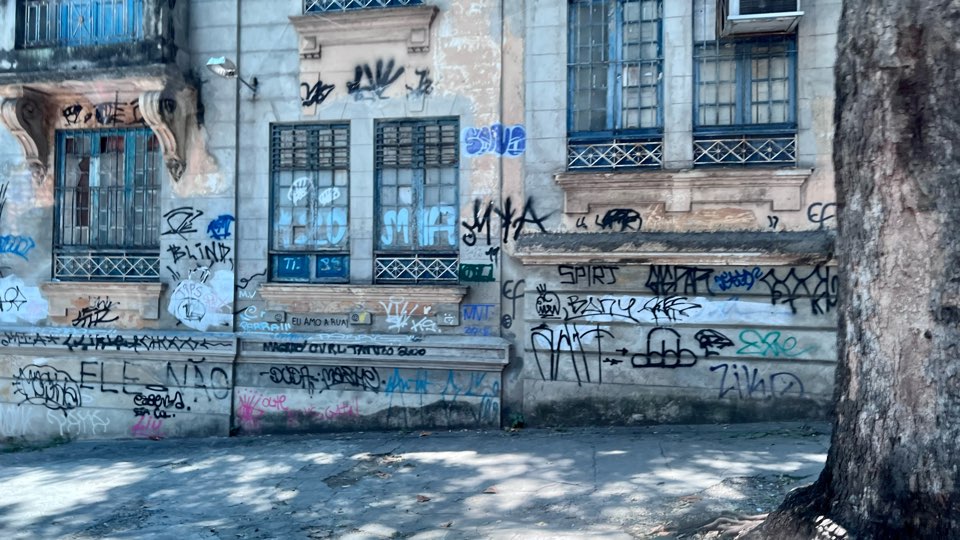
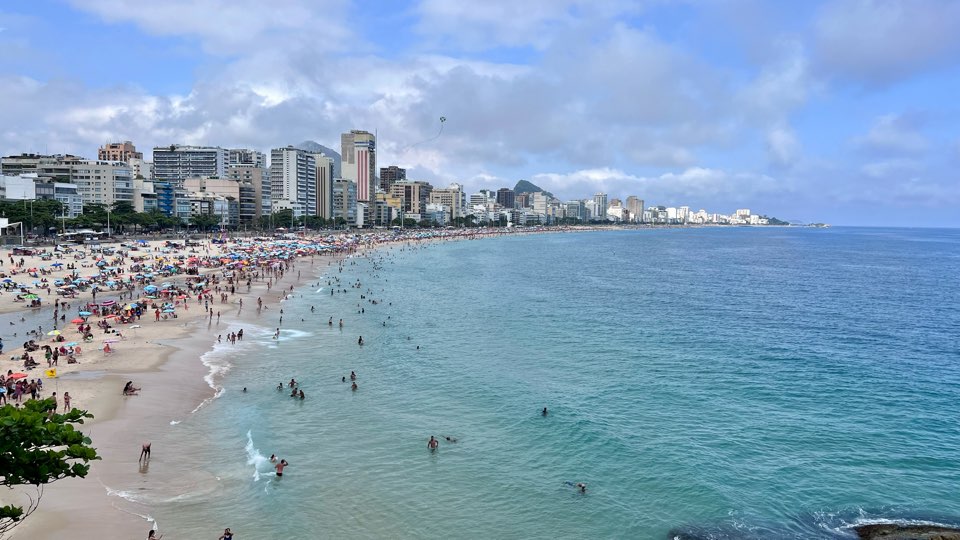
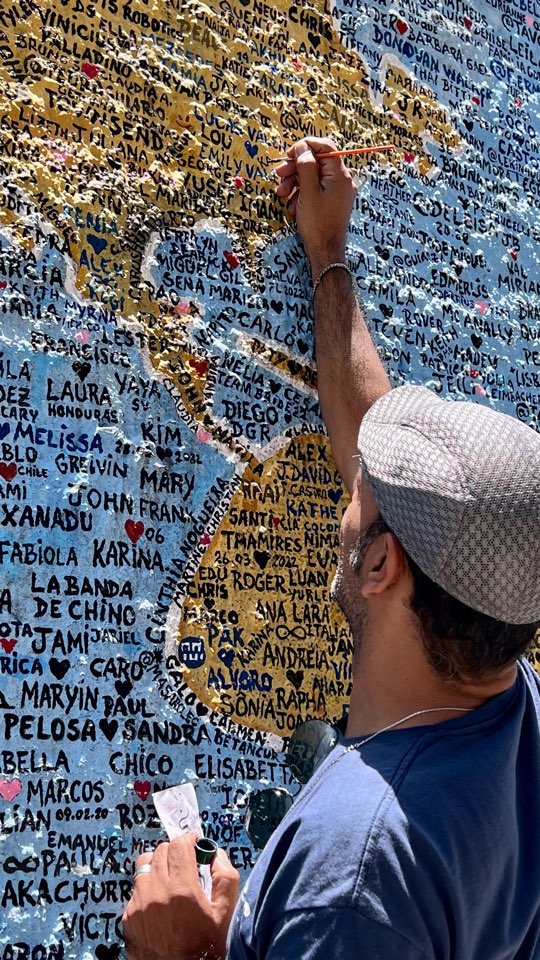
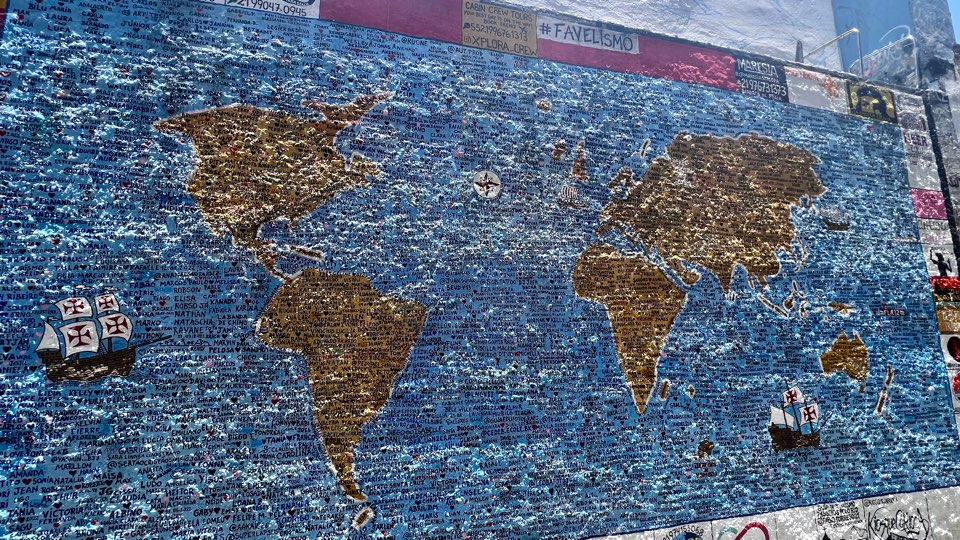
Our visit to Rio de Janeiro was wonderful but we only touched the surface of what Rio has to offer. We look forward to returning for a more in depth visit someday.
Brazil: Buzios
We took a highlights tour of Buzios. We learned quickly Buzios is known mostly for beaches. One of the most unique on the peninsula is Forno Beach located in a sheltered cove and is made up of gorgeous silky pink sand. The beach gets its color from garnet. It’s beautiful.
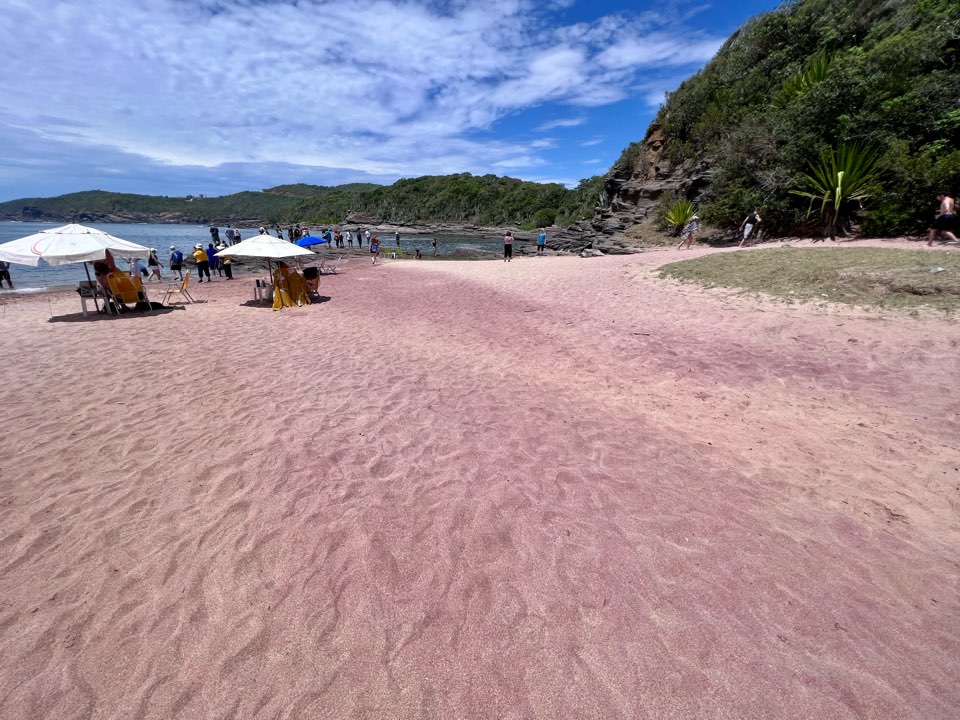
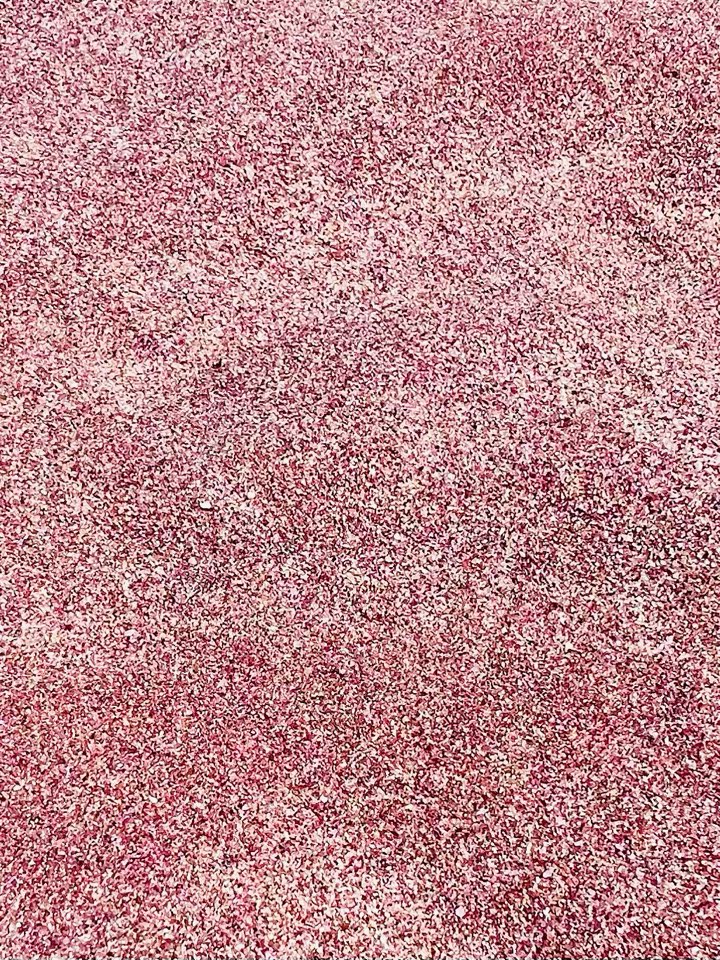
Brazil: Ilha Grande
Ilha Grande is an island just off the coast of Brazil. We fell in love with everything about it. The trees, mountains, hiking trails, beaches, wildlife, and cafes. We walked to the famous black sand beach and then found a restaurant to enjoy drinks and appetizers on the beach under a huge shade tree. Ah, life is good!
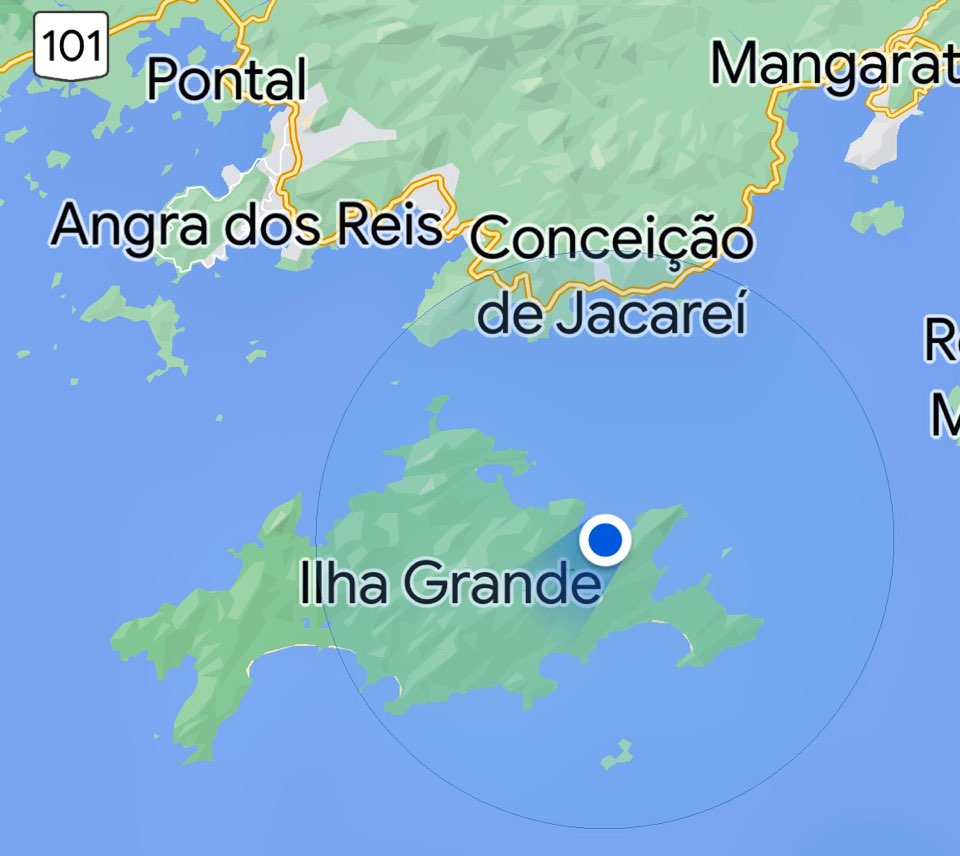
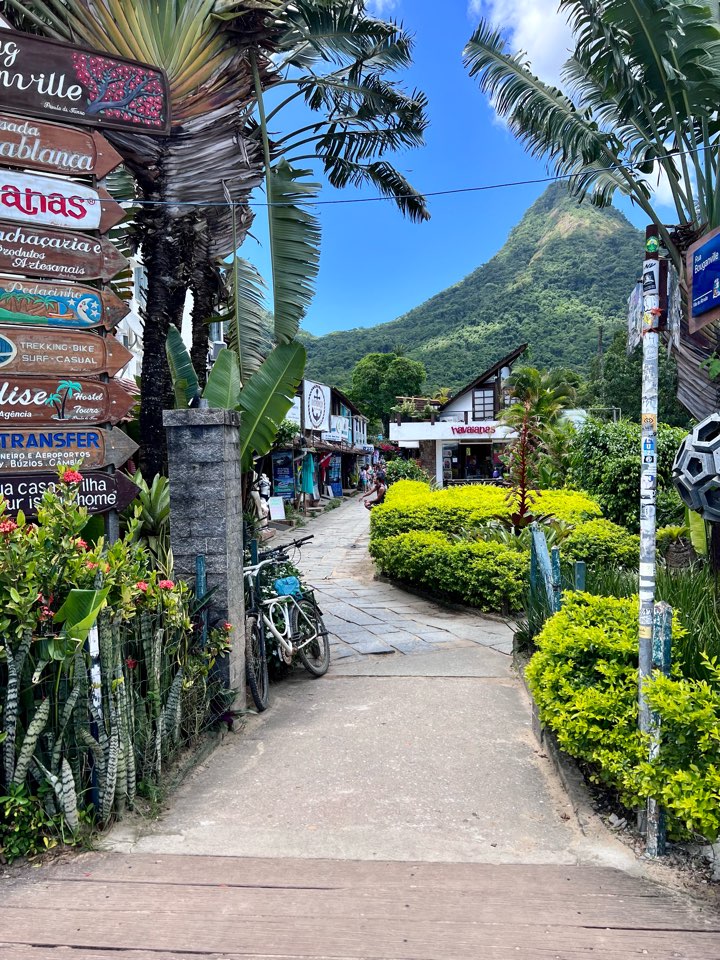
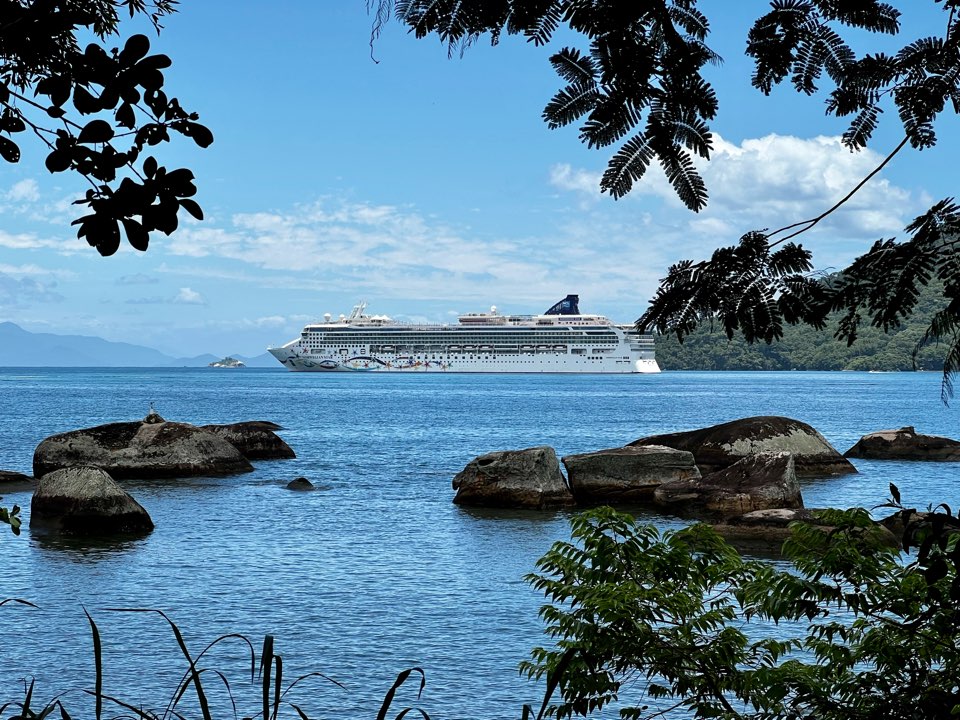
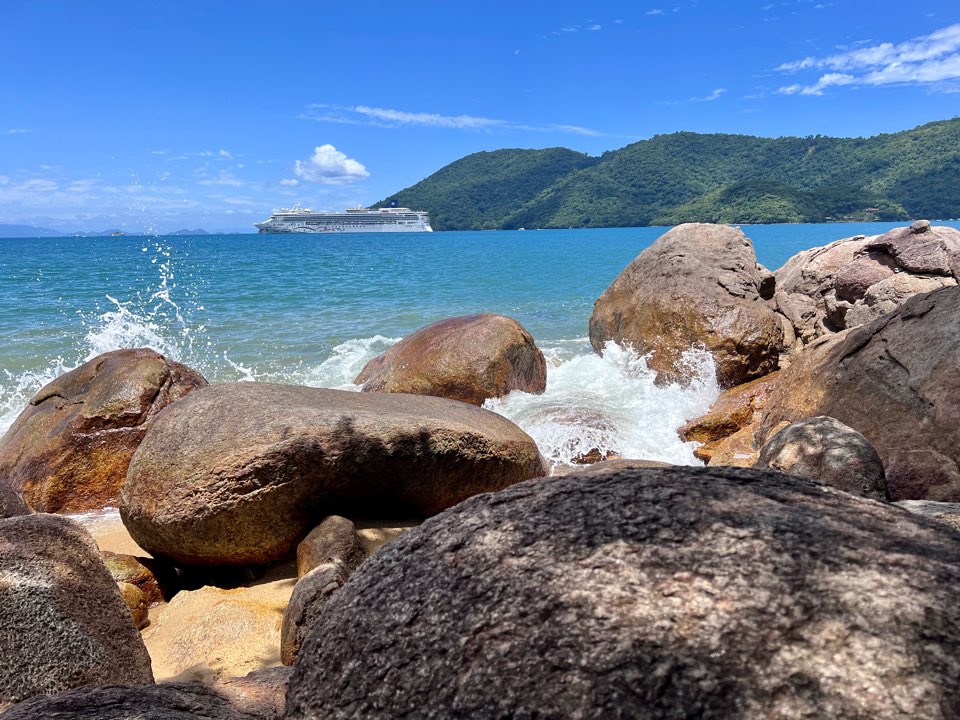
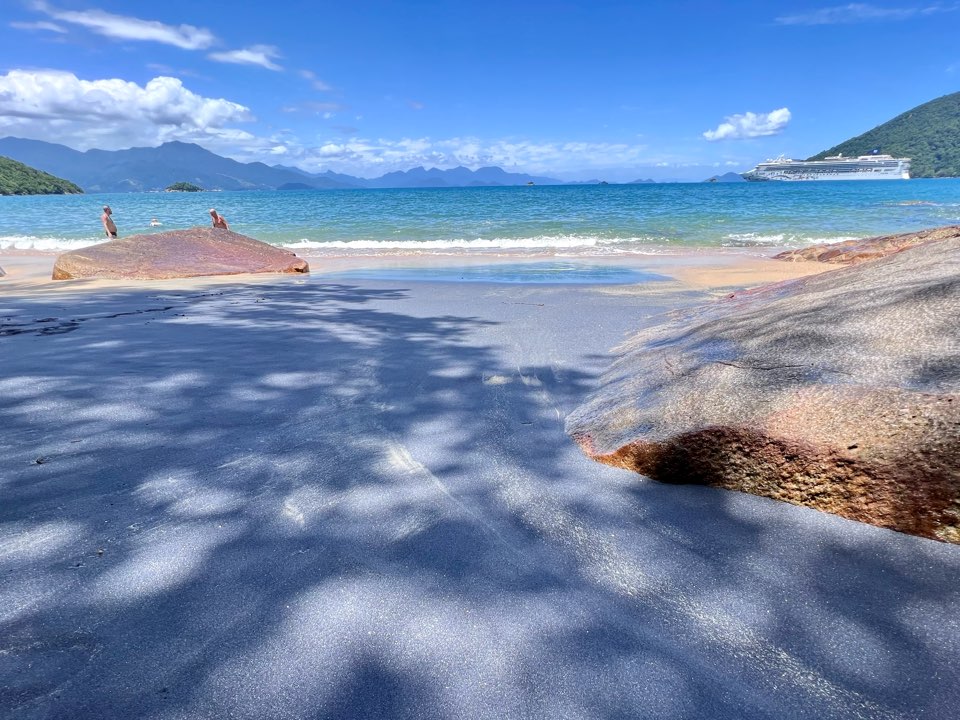
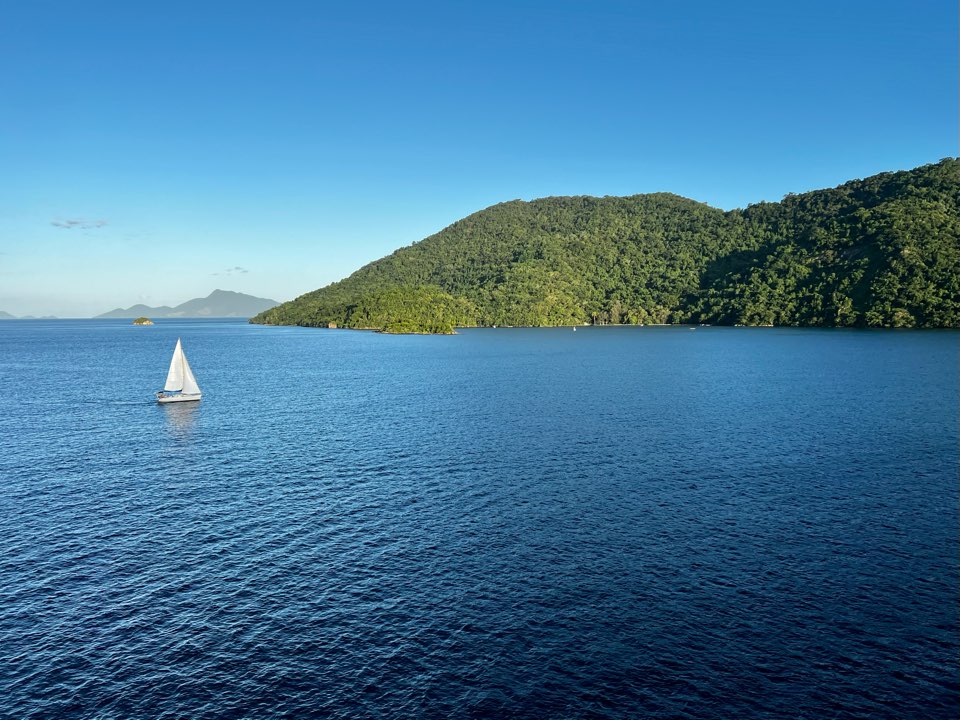
Brazil: Santos
Santos is the port town gateway to São Paulo. We choose not to take an excursion, but instead used Uber to visit a few of the sites. First we heard the best cup of Brazilian coffee could be enjoyed at Cafe Carioca. So we headed there first thing. It wasn’t quite the best, but it was across from the old city square which was all decked out for Christmas which was nice to see. Our main destination was Monte Serrat which had been a monastery, nightclub and casino during its lifetime. You take a funicular ride to the top to experience panoramic views of Santos.
In total we took four Uber rides to see everything we wanted. With the funicular fare and coffees our total spend for the day came to $24 USD for 4 people. Wow!
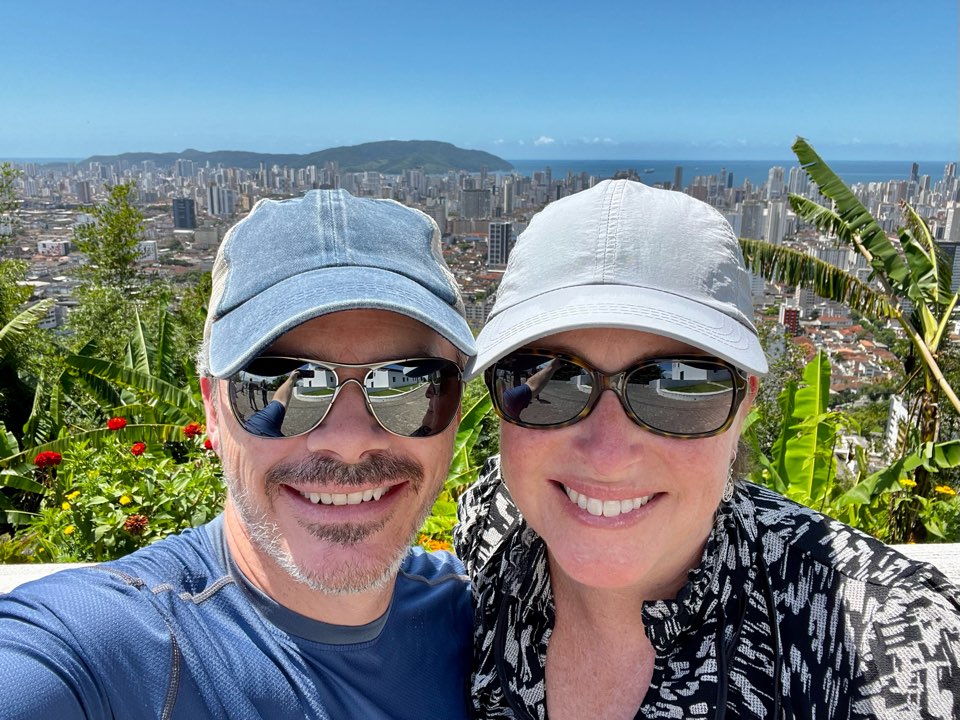
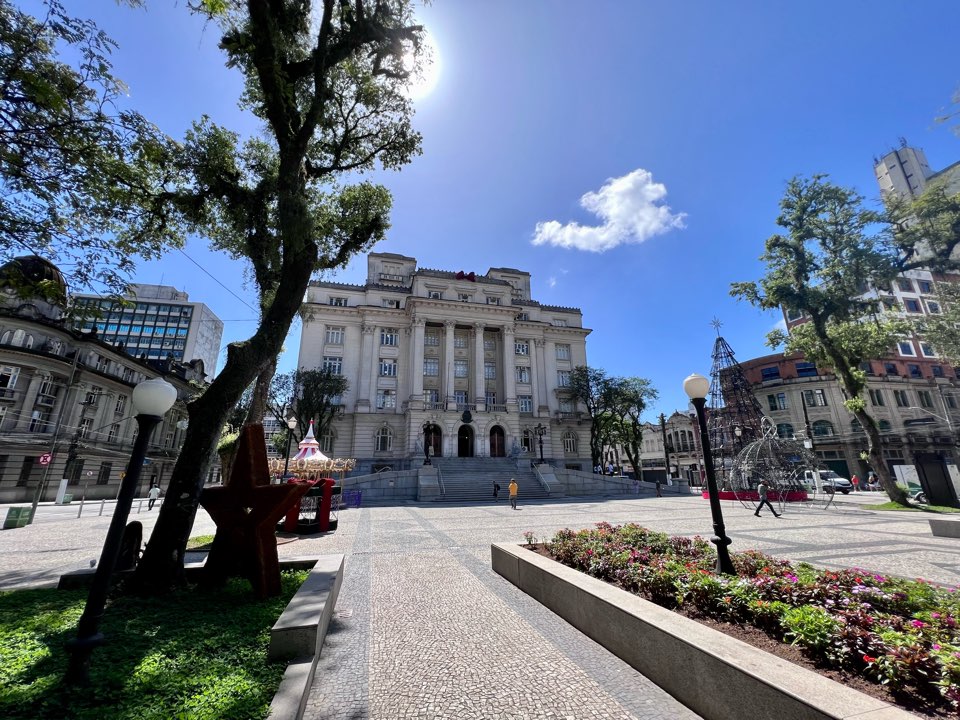
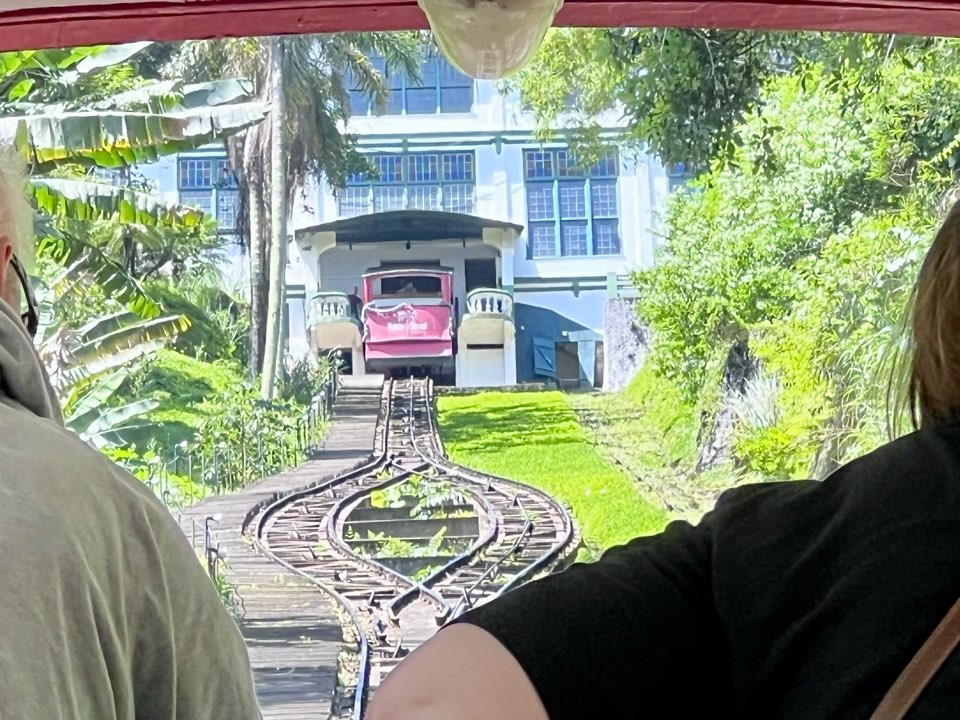
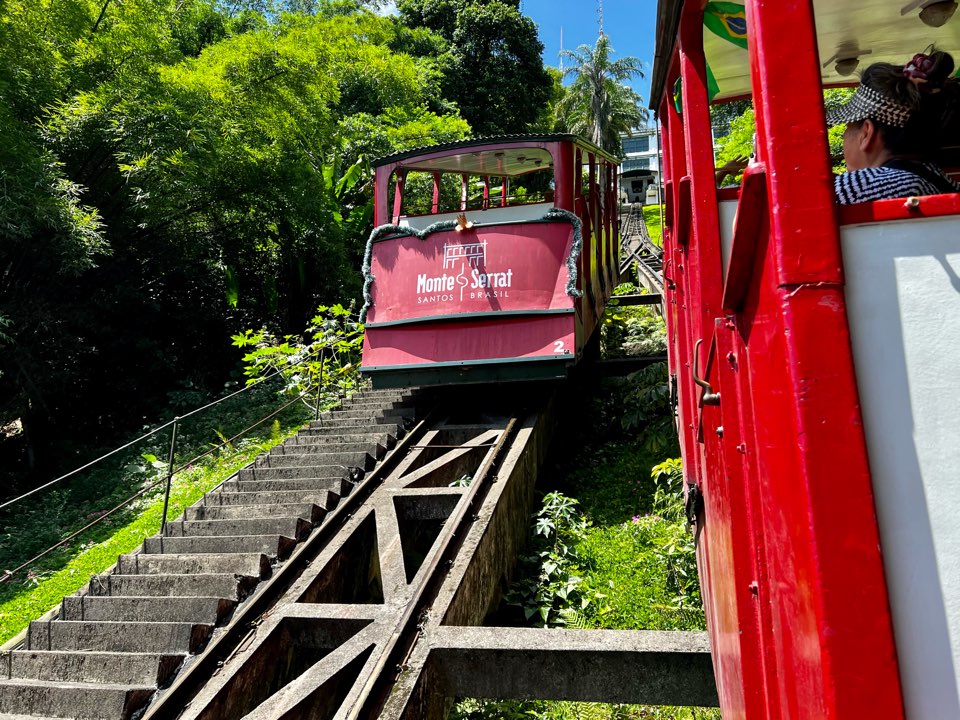
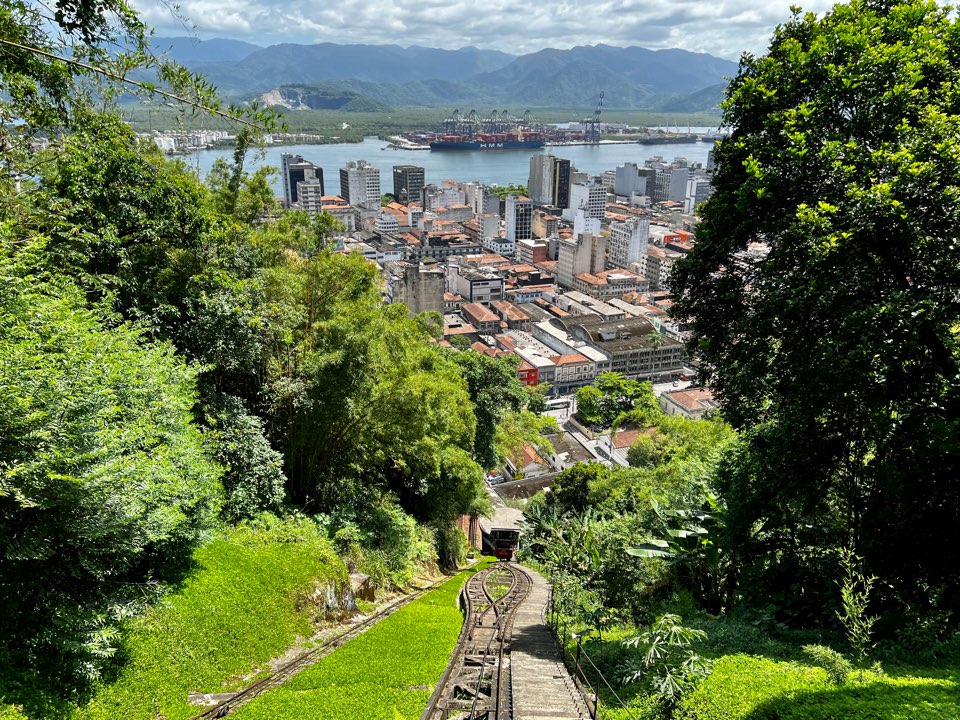
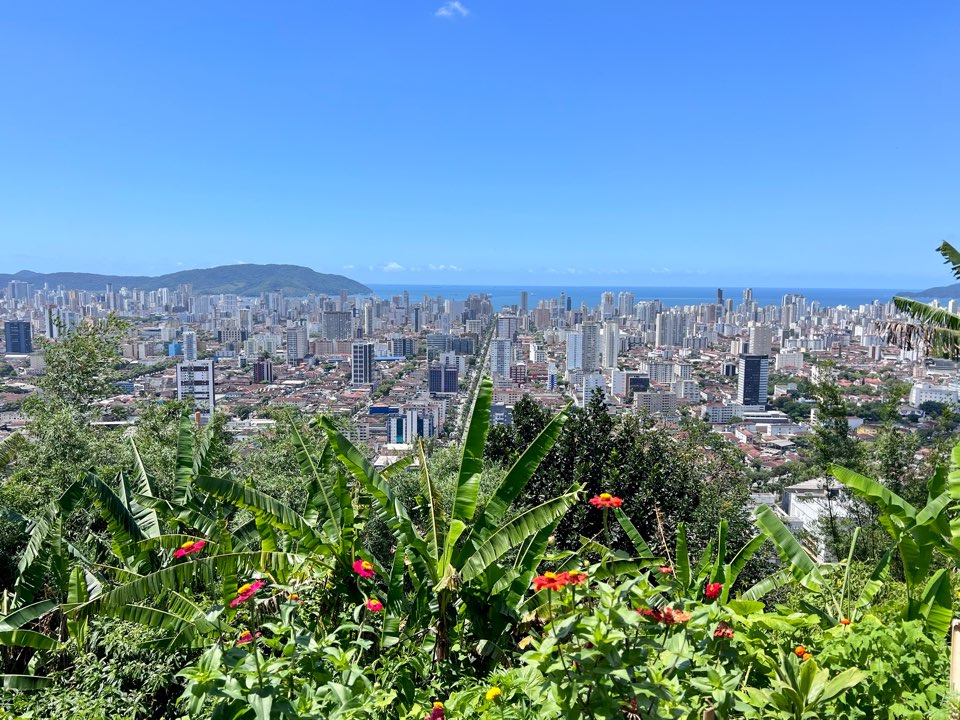
Fun Facts: Brazil
- Language: Portuguese
- Currency: Brazilian Real
- Population: 214 Million
- Cost of living: 50.99% lower than US
- Known for: Amazon Rainforest/River, Christ the Redeemer, Caipirinhas (beverage), Carnival, and Soccer
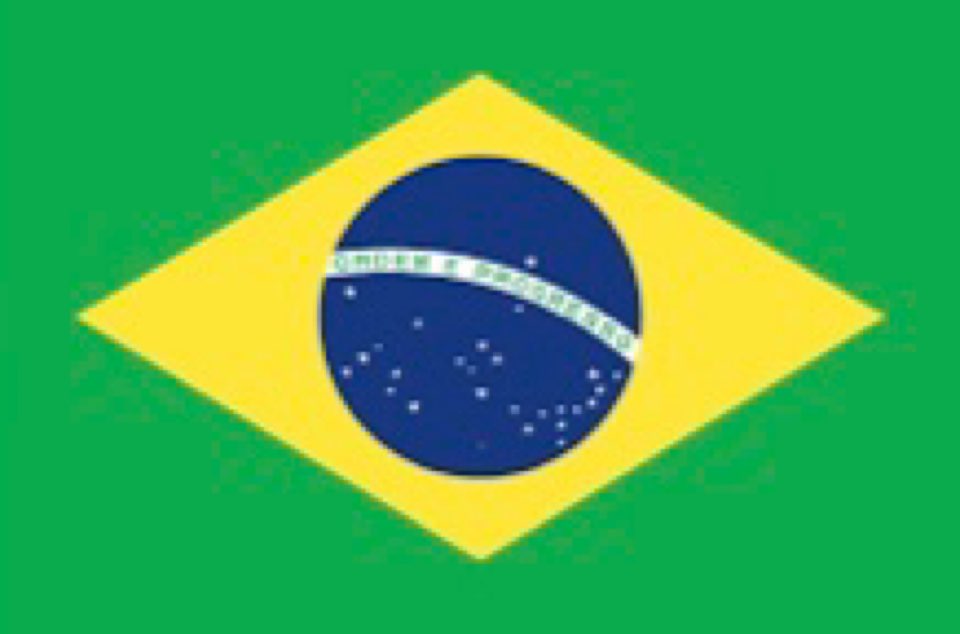
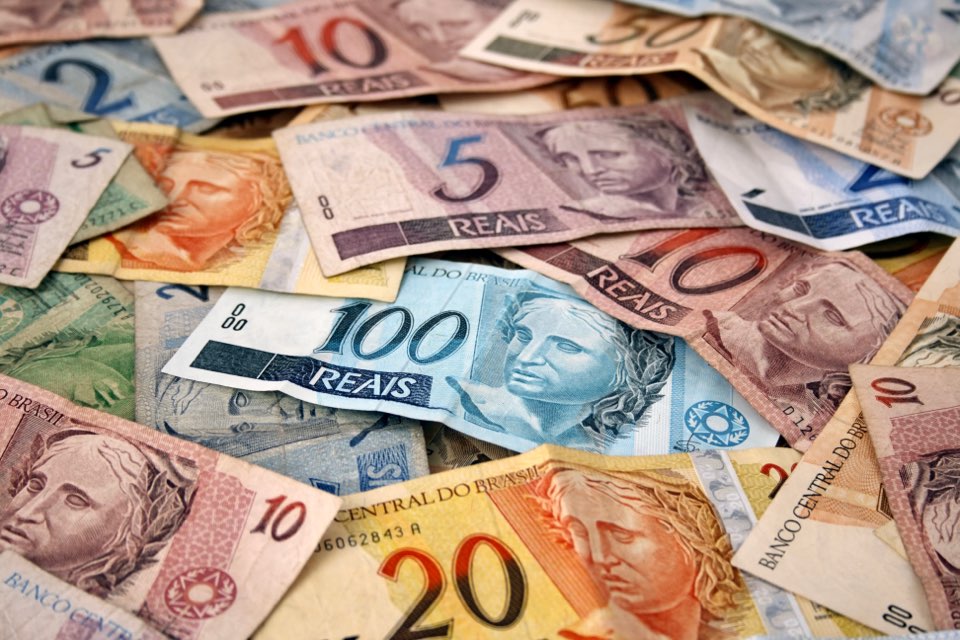
Uruguay: Punta del Este
Our final stop was scheduled to be Punta del Este, Uruguay, but it was cancelled. The cruise line chose to cancel our stop out of precaution. Our cruise disembarks in Buenos Aires, Argentina the same day as the World Cup finals and Argentina will be battling France for the Wold Cup. Argentinians take fútbol very seriously and we are expecting the city to be buzzing with a few million fútball fans cheering on their team. We are excited to be there for this massive world event and will be cheering on Argentina right alongside the locals.
We will stay in Buenos Aires for two weeks. More to come.
